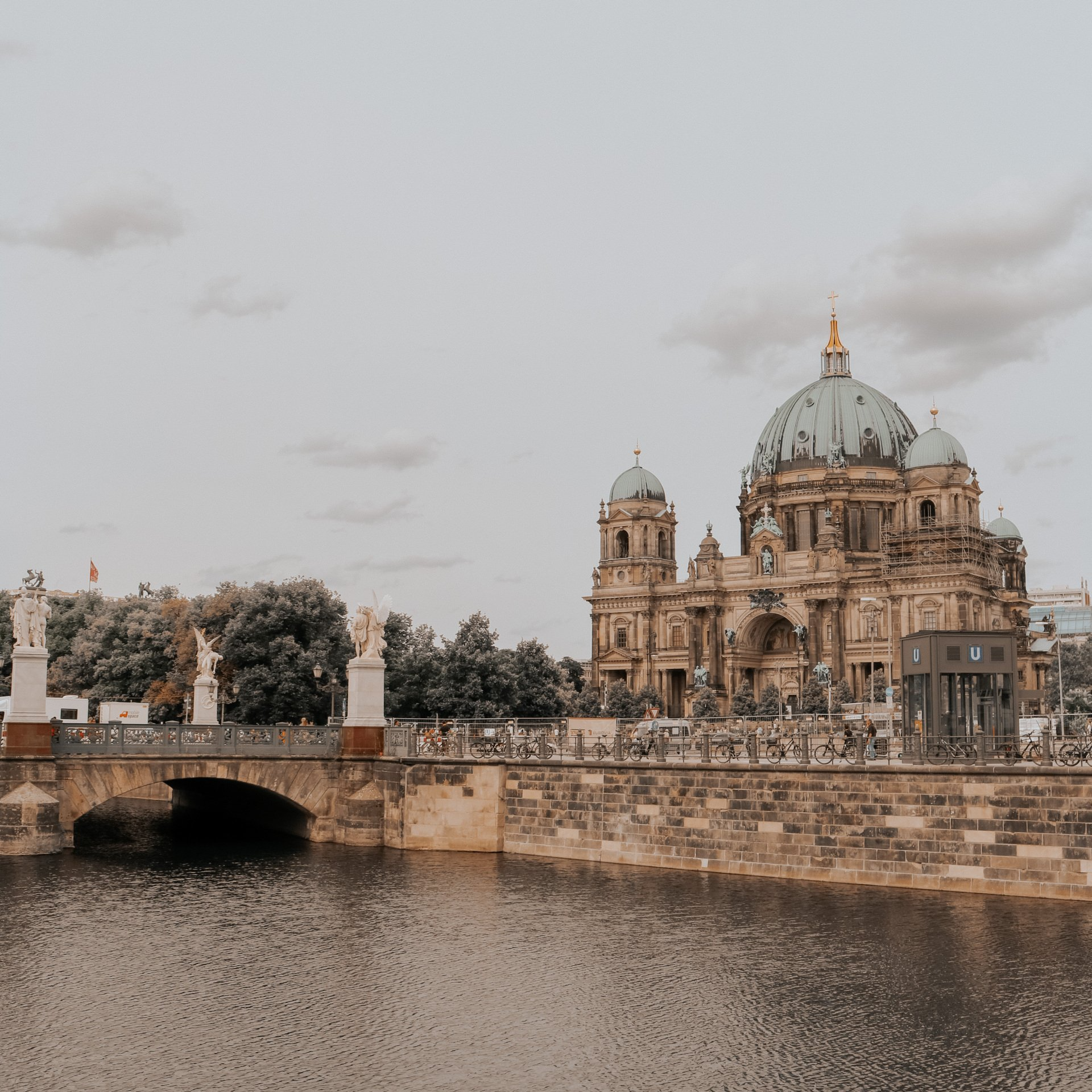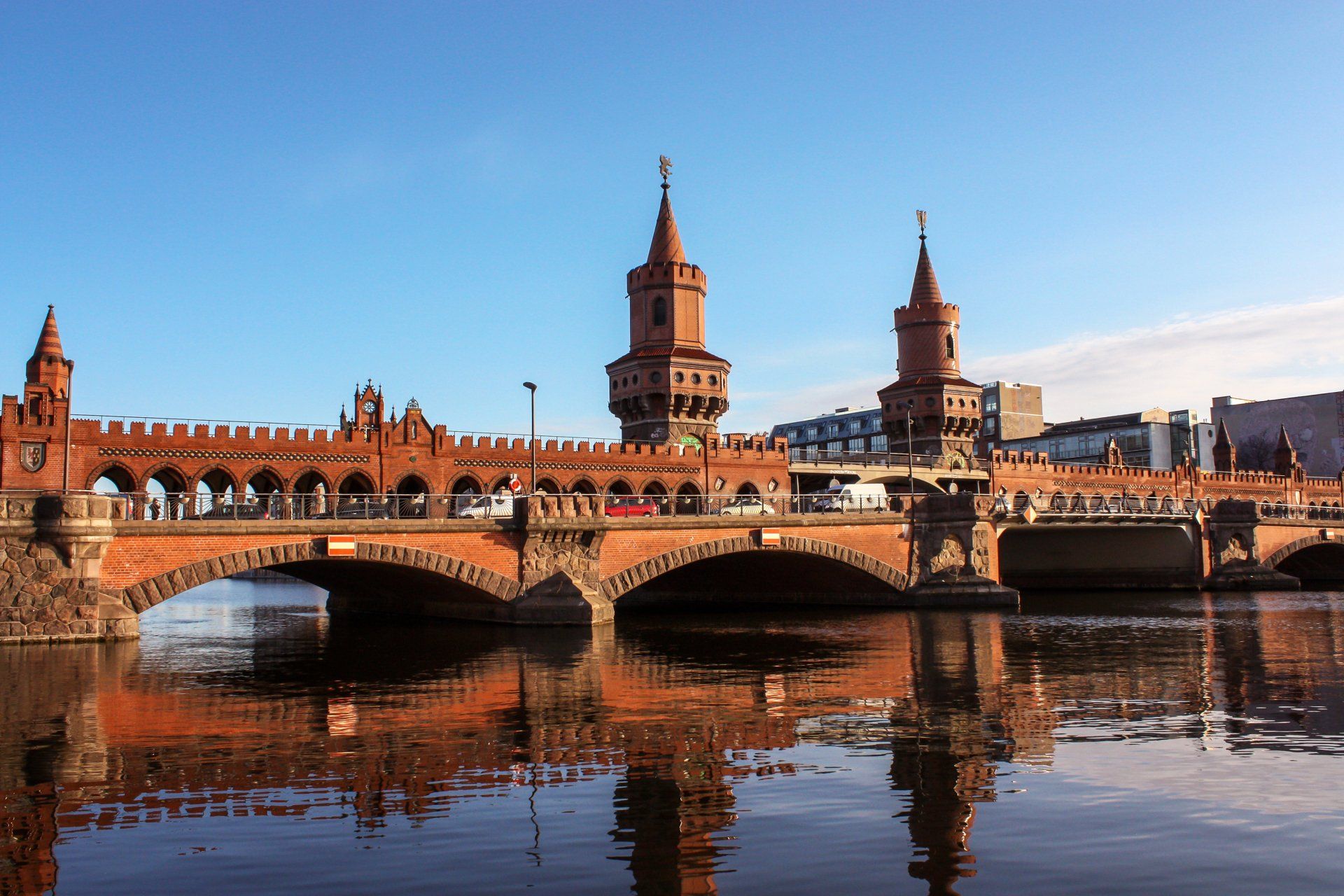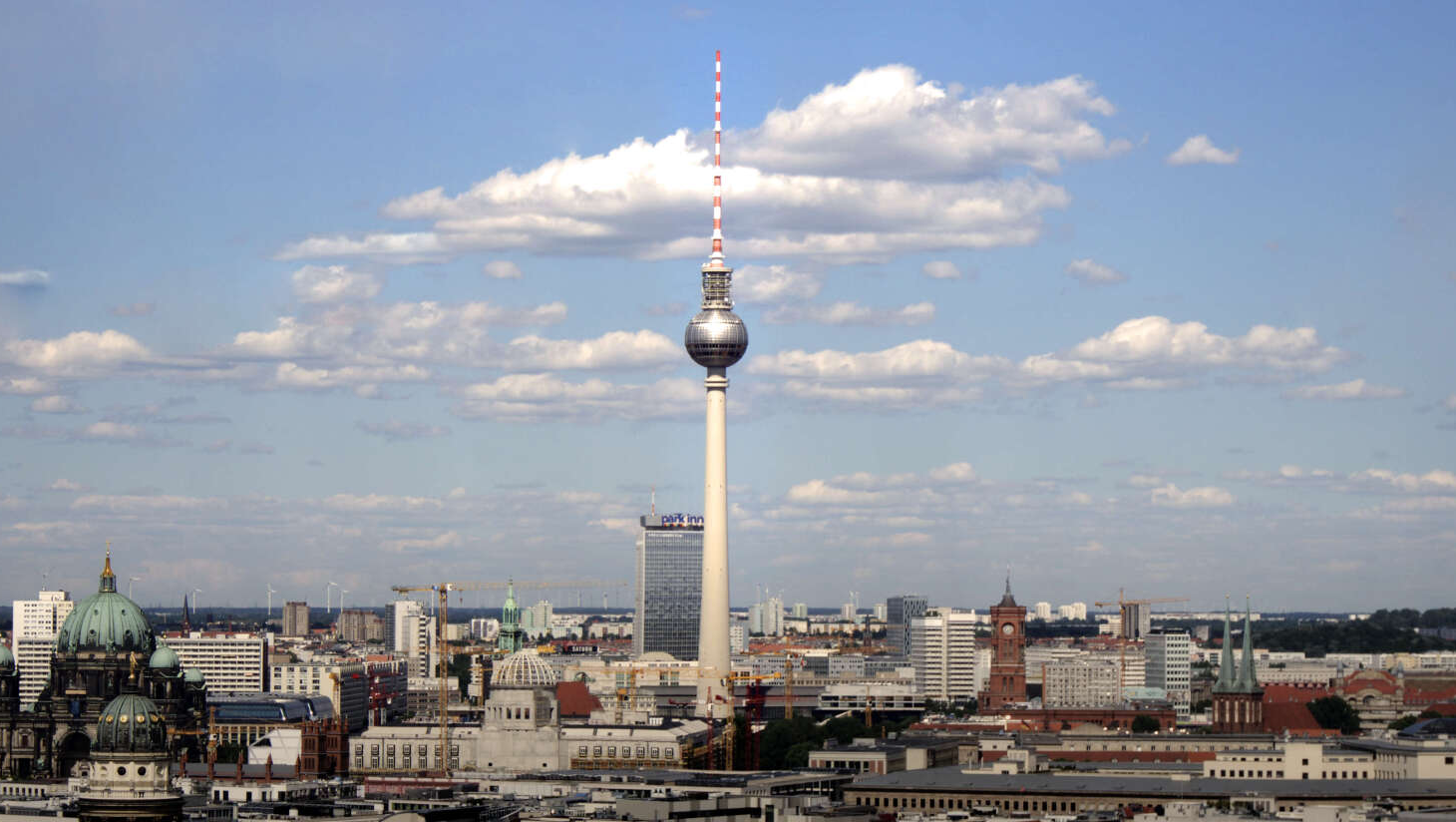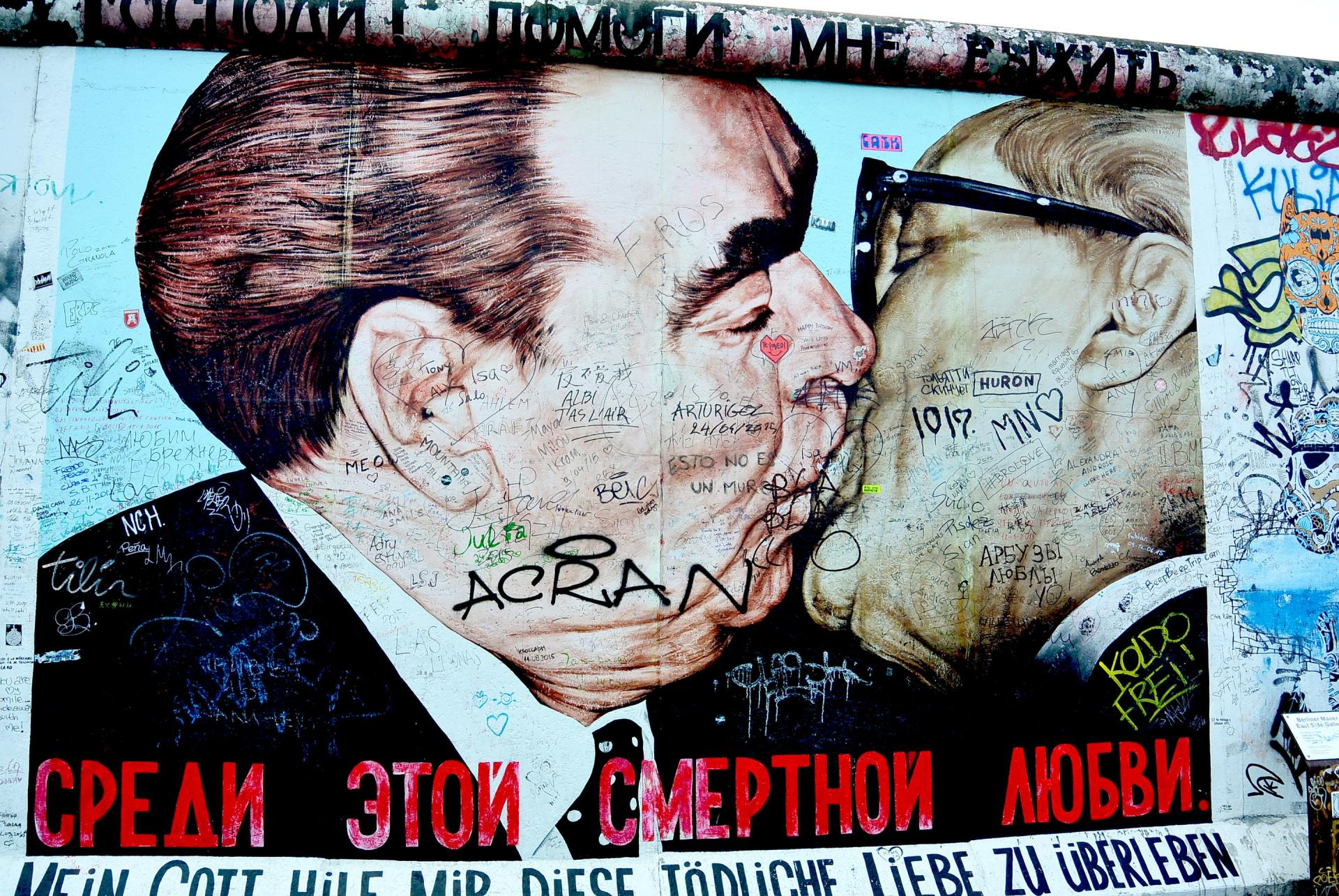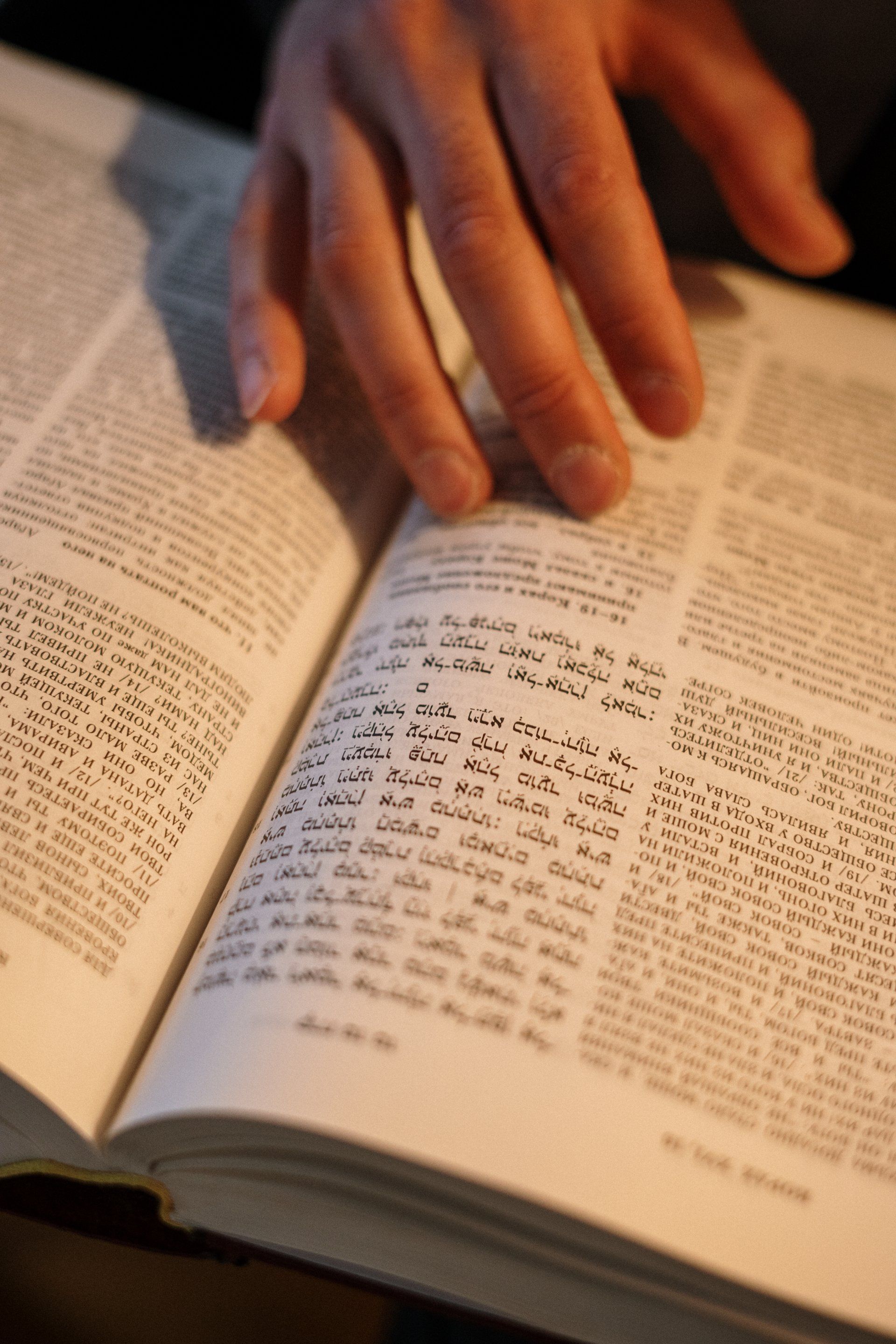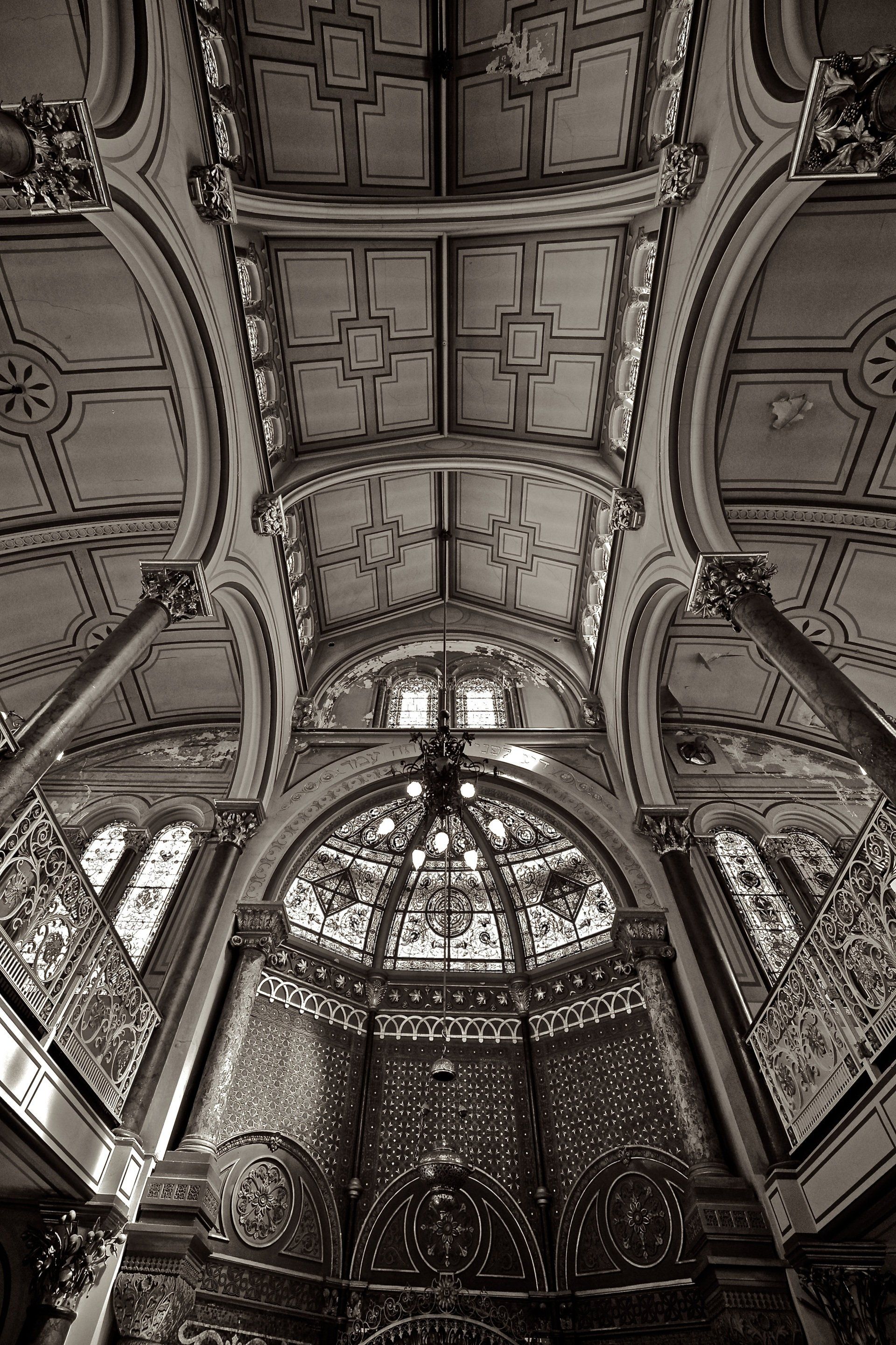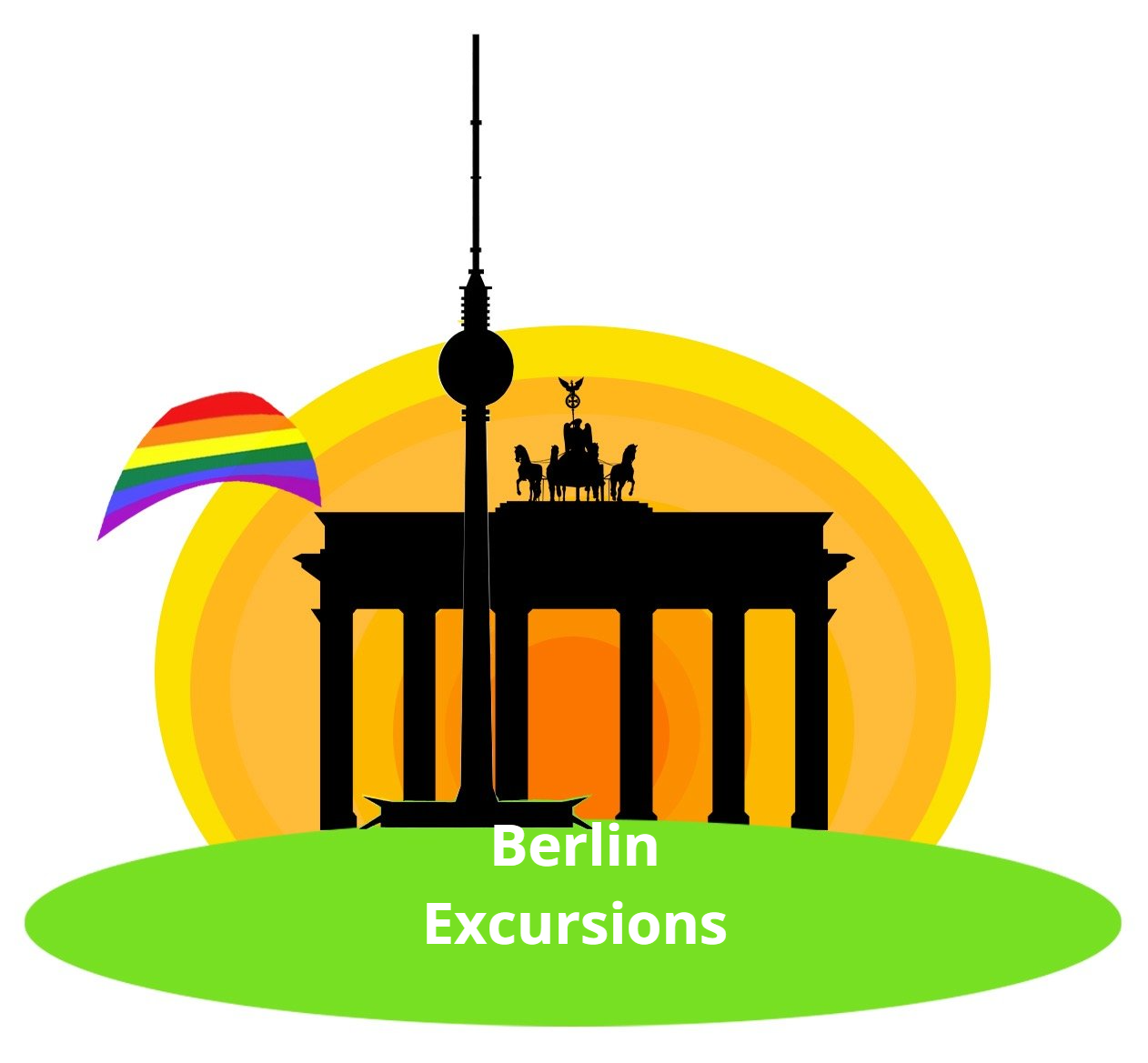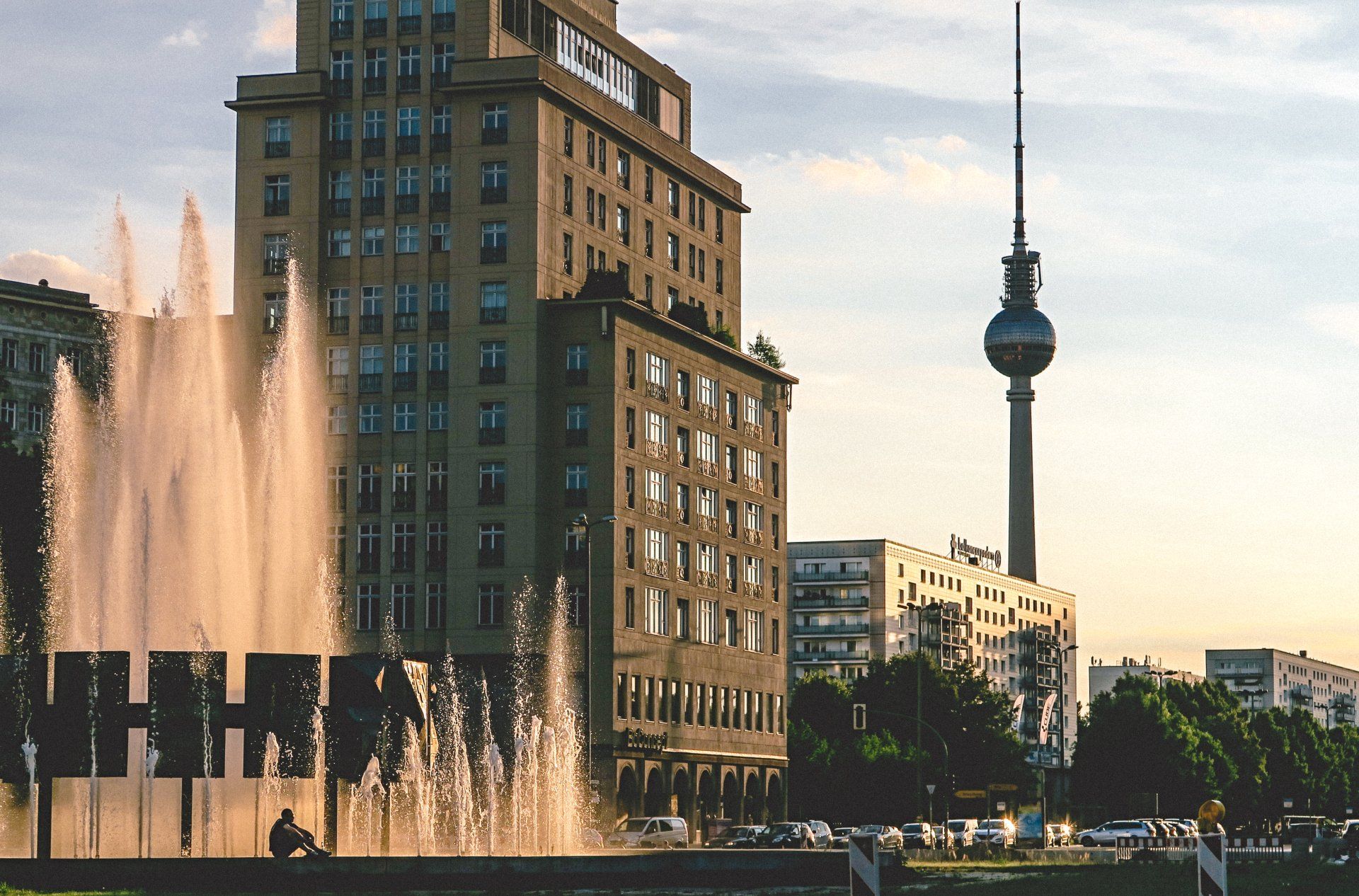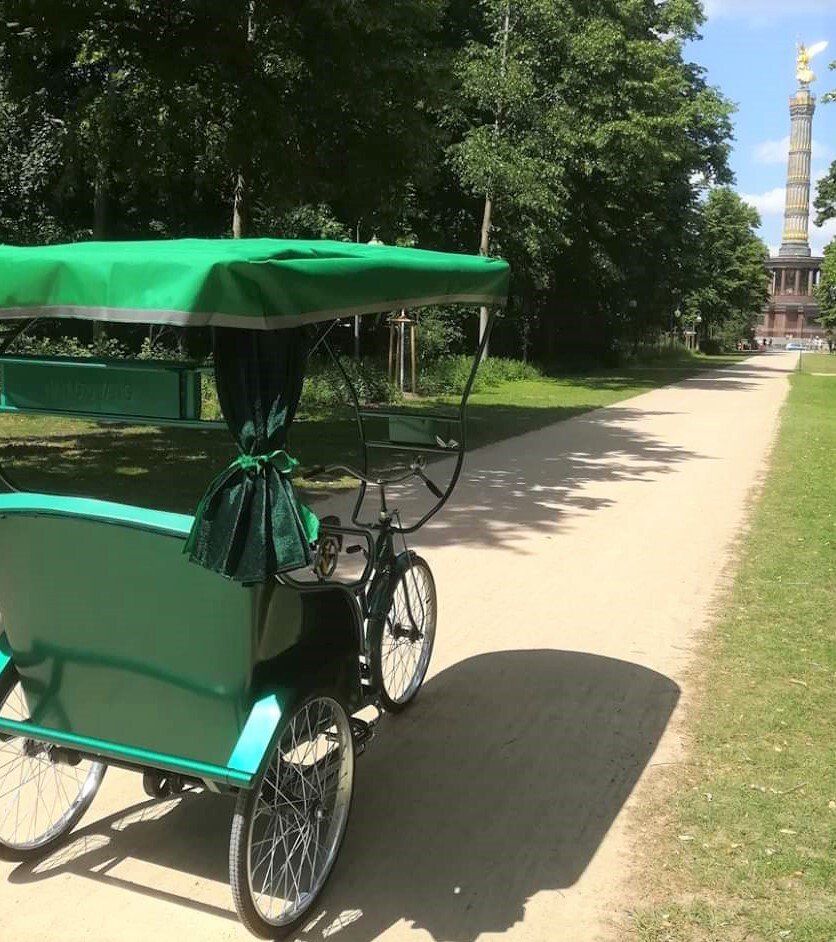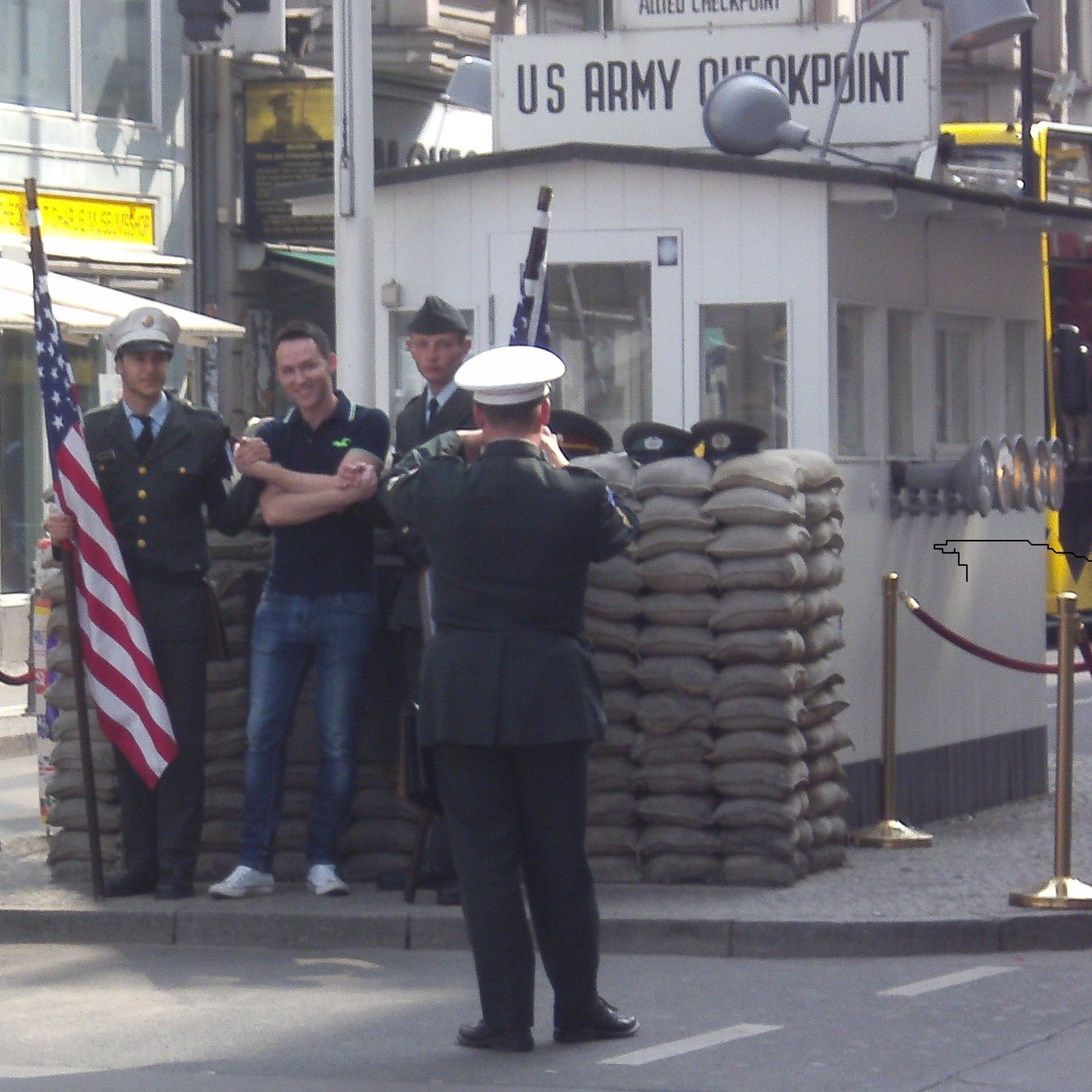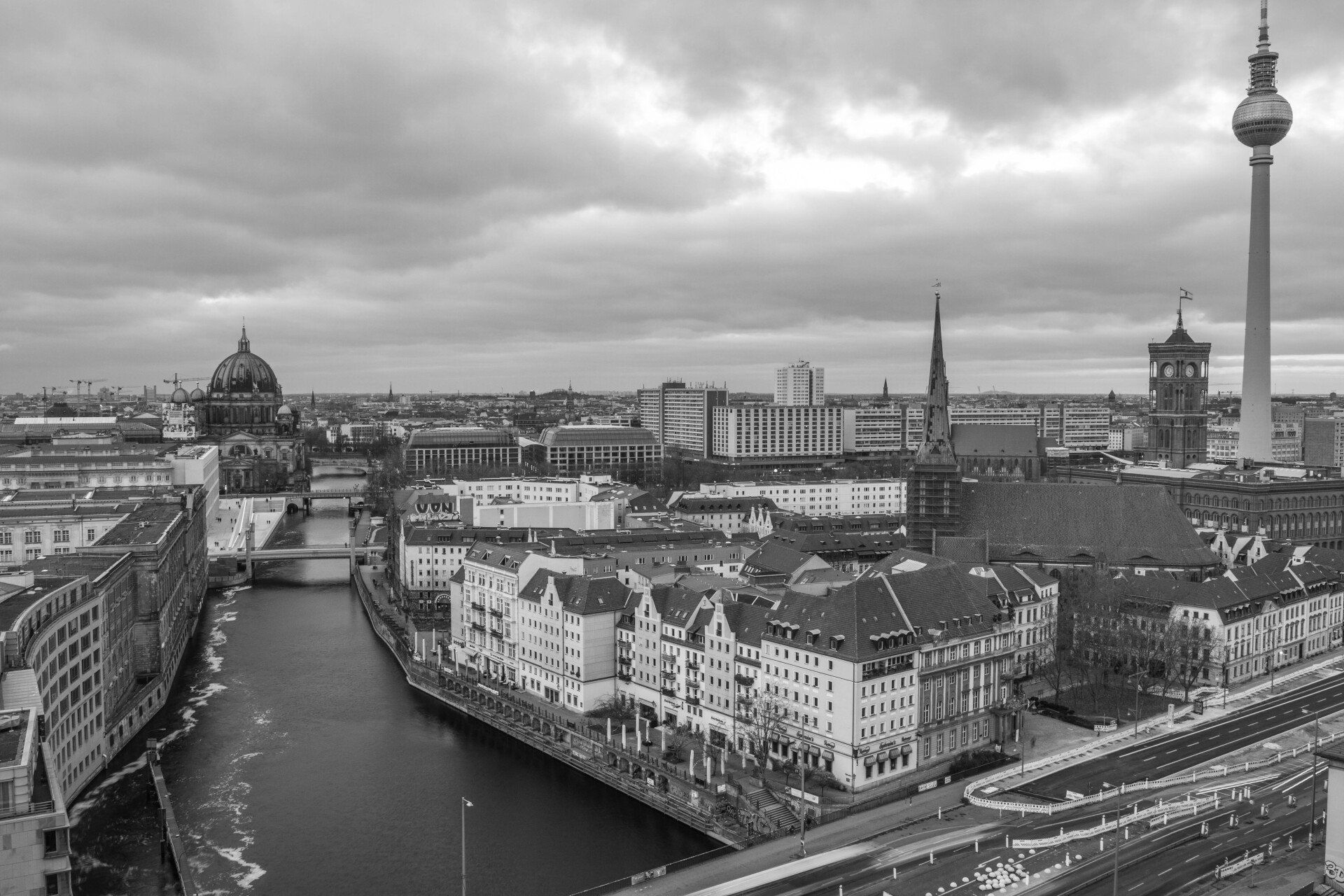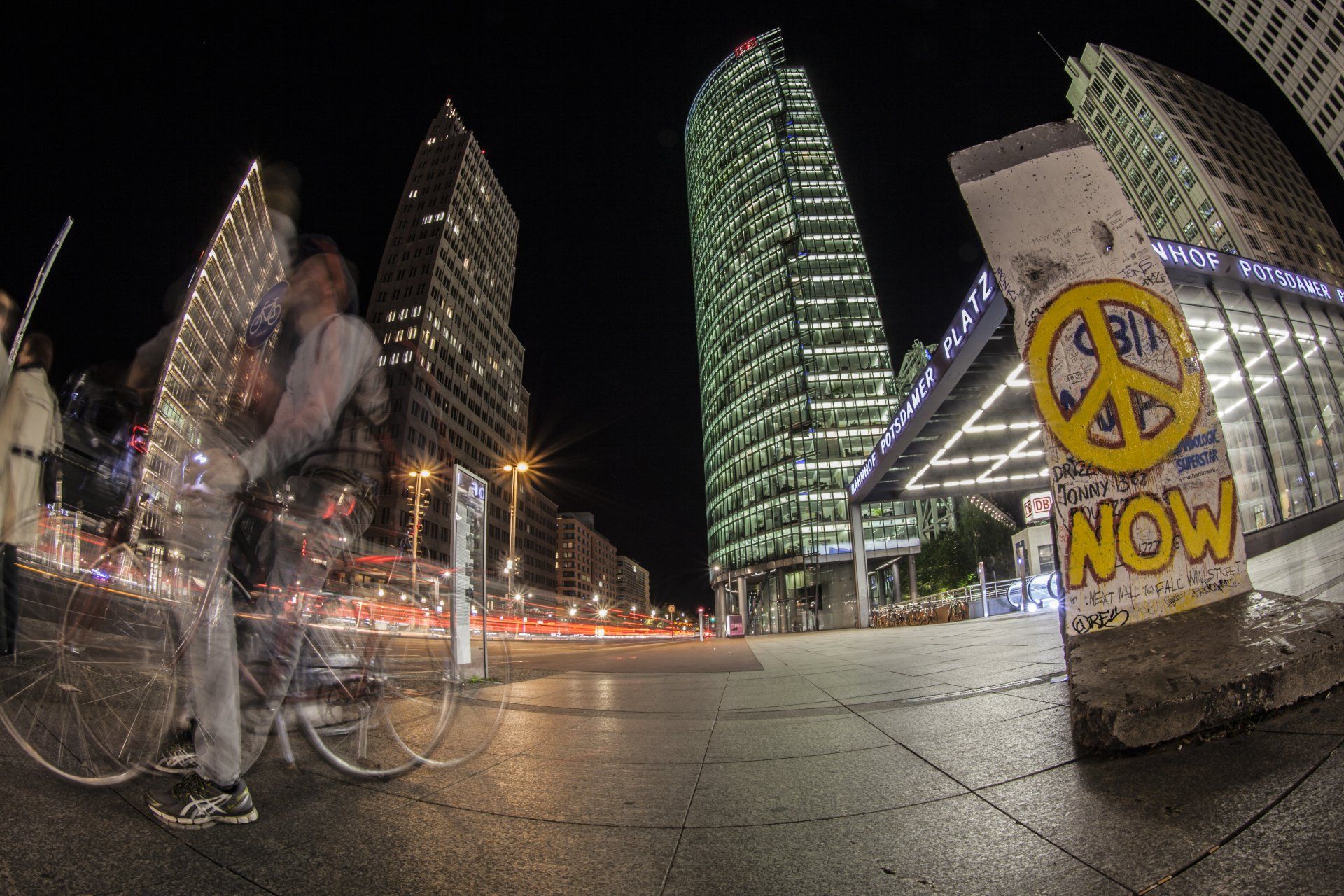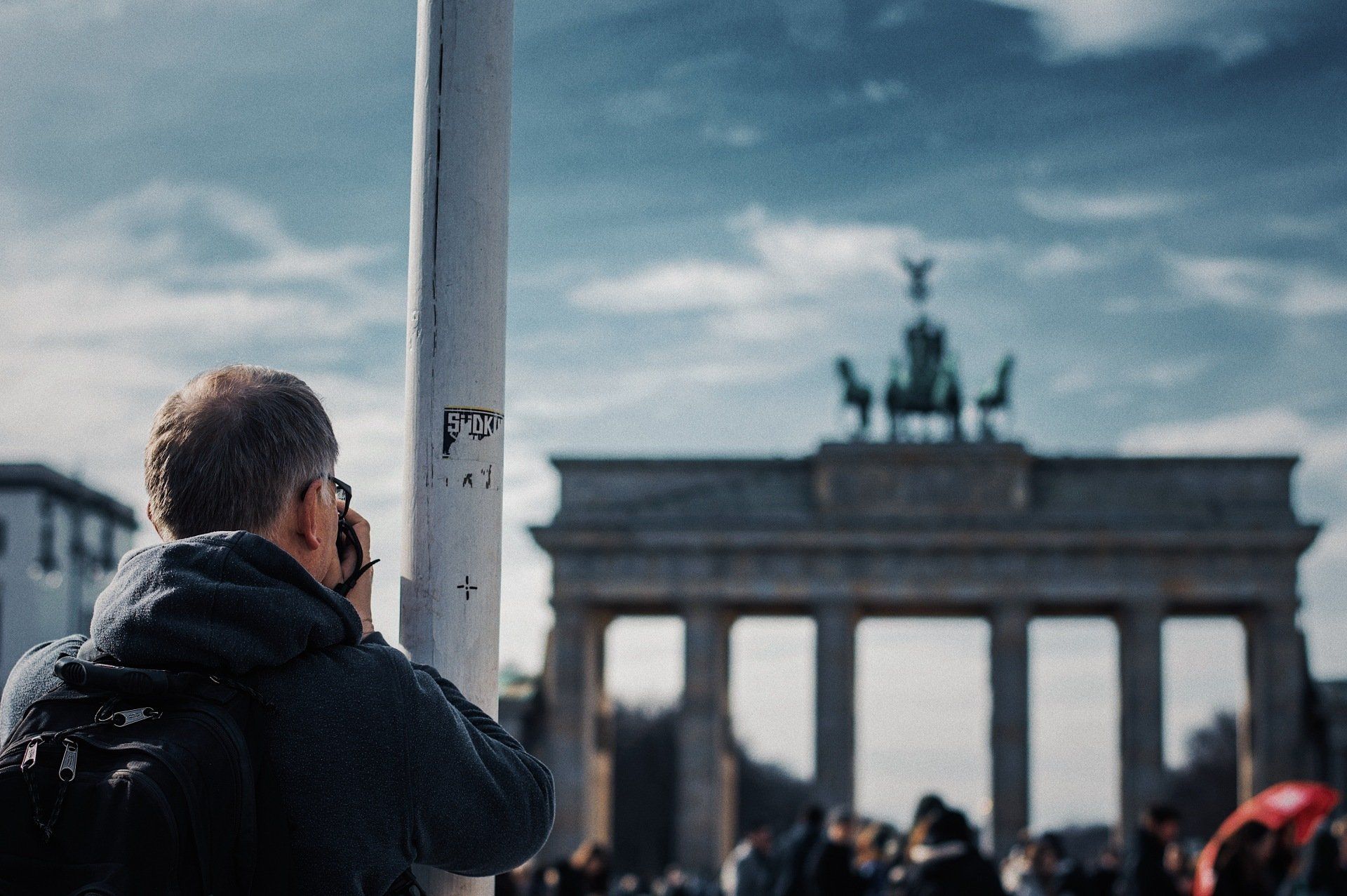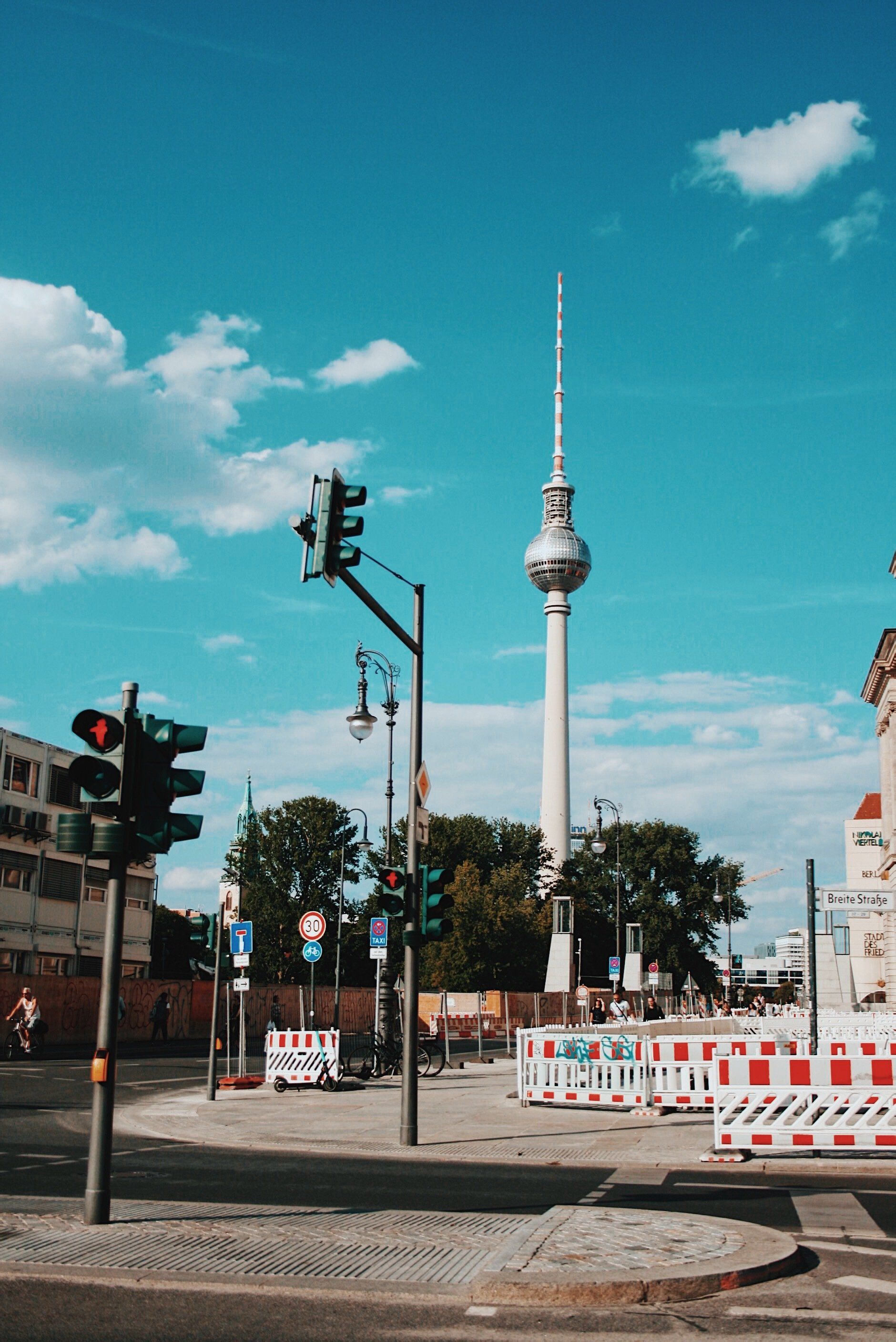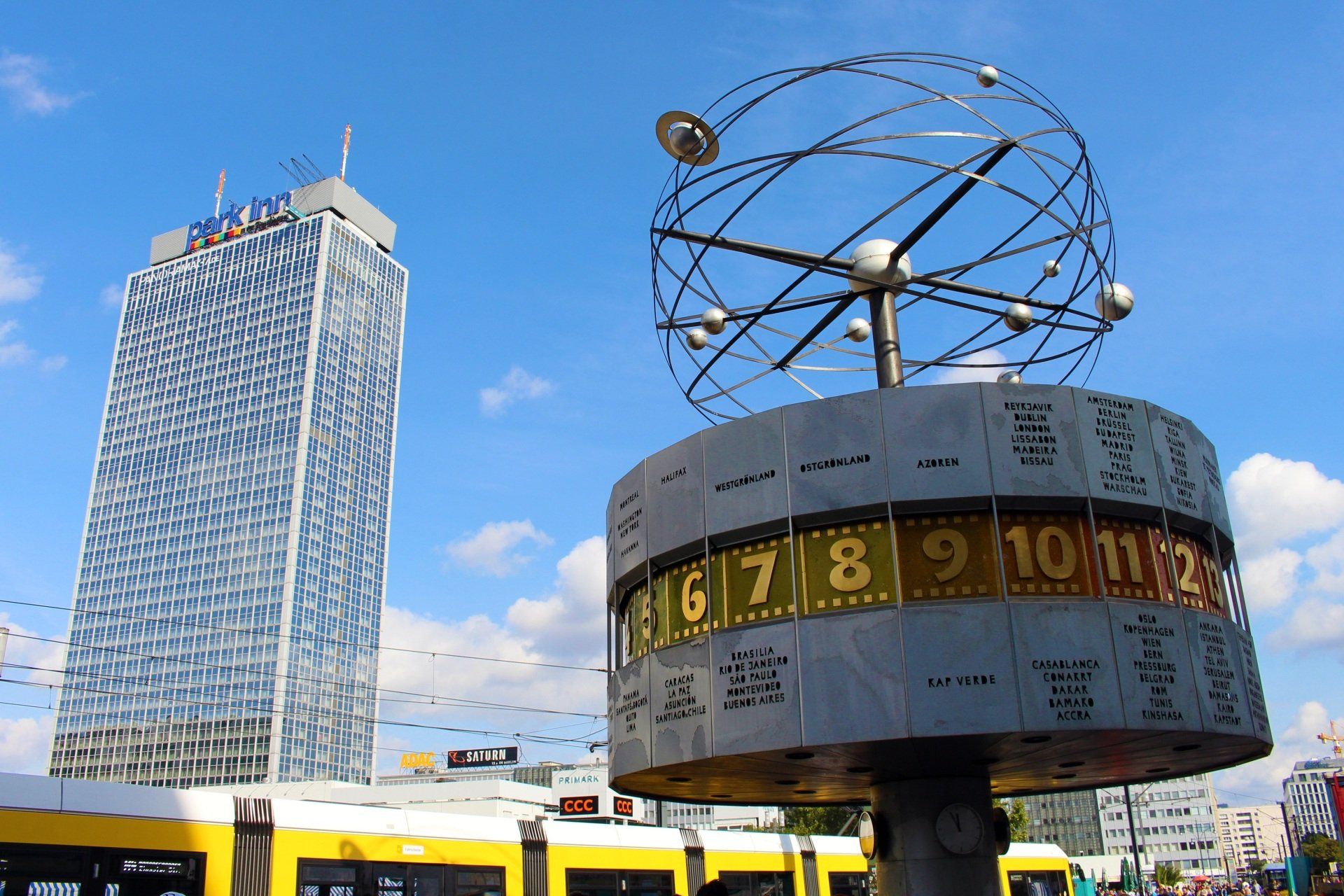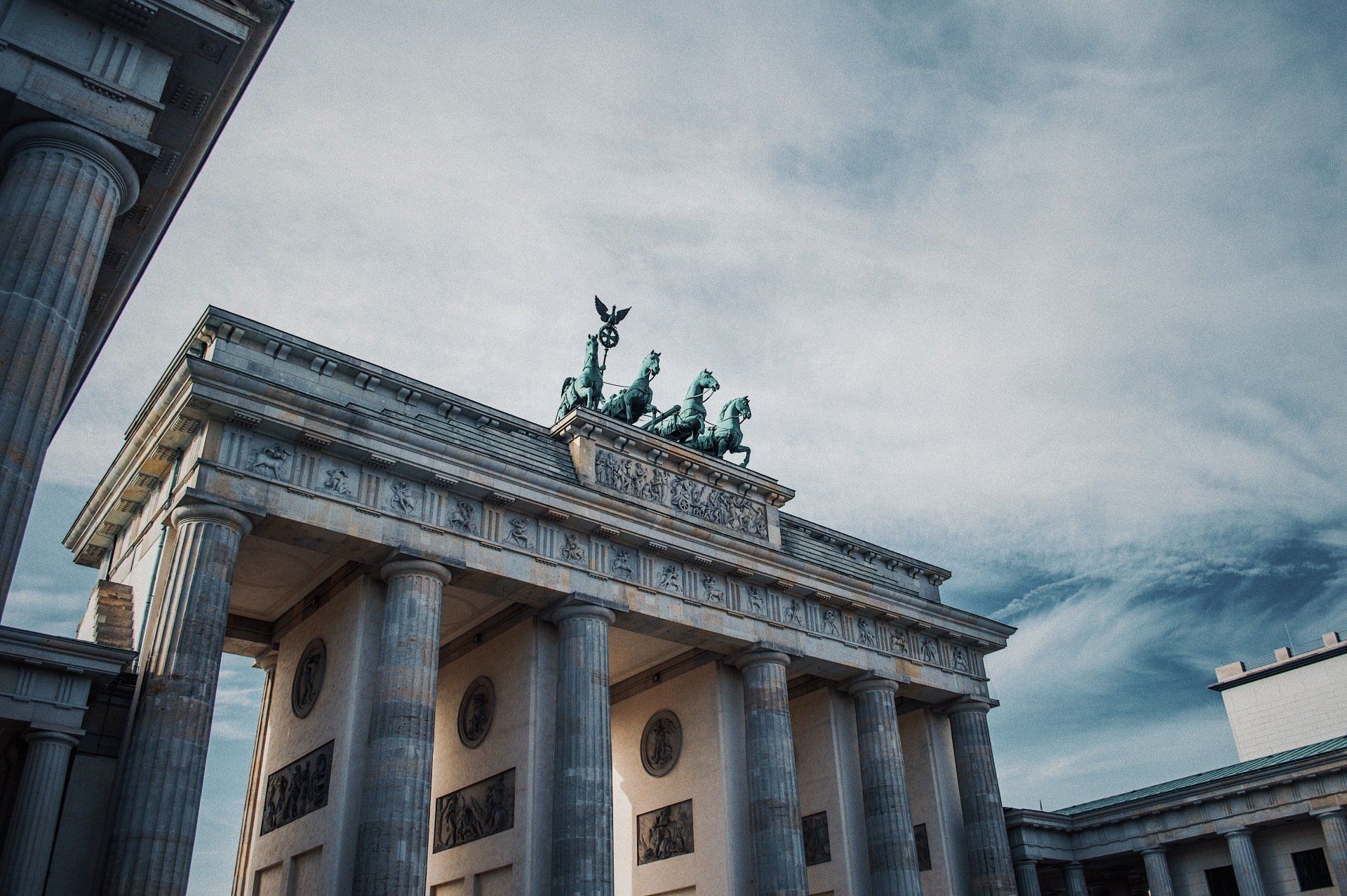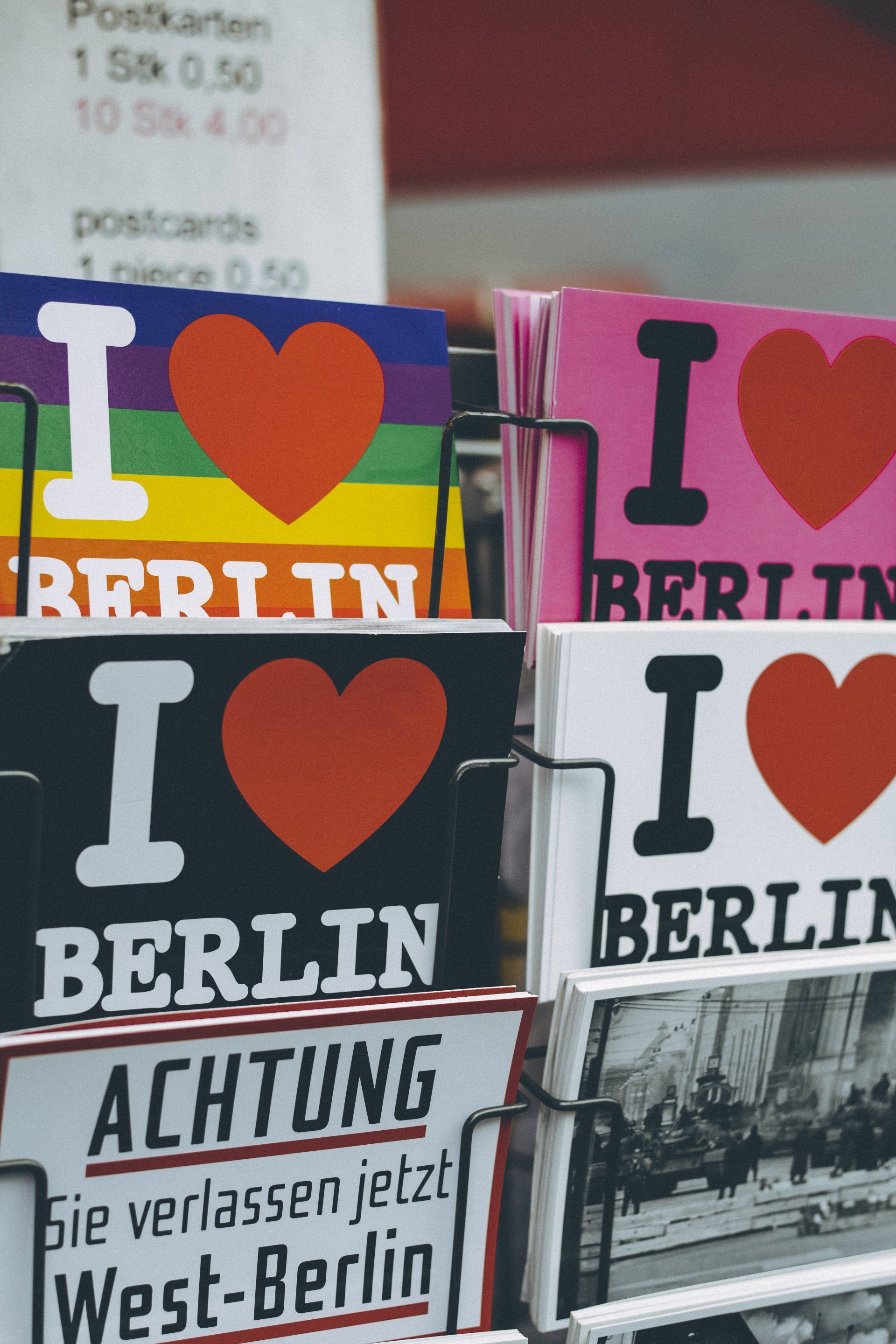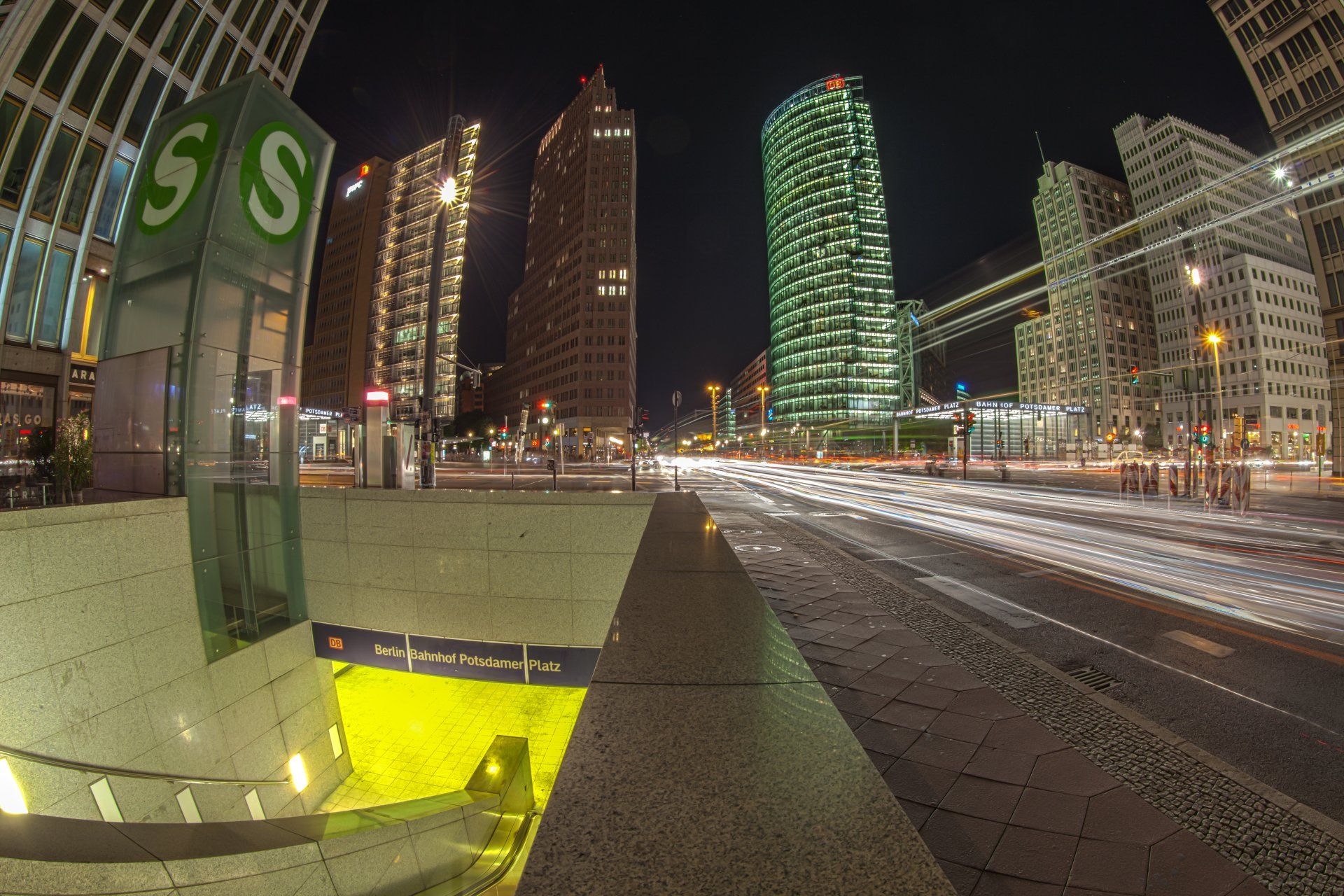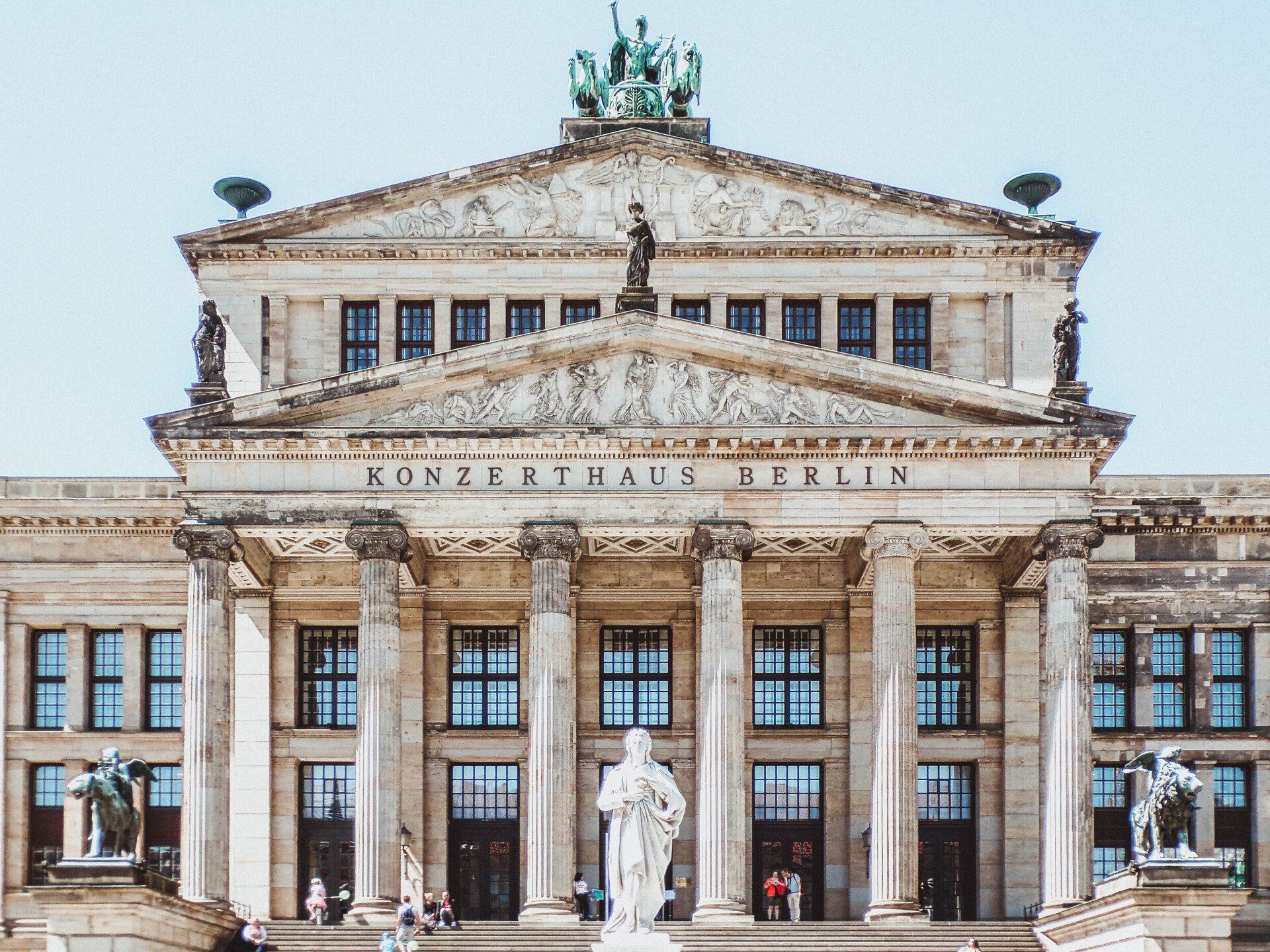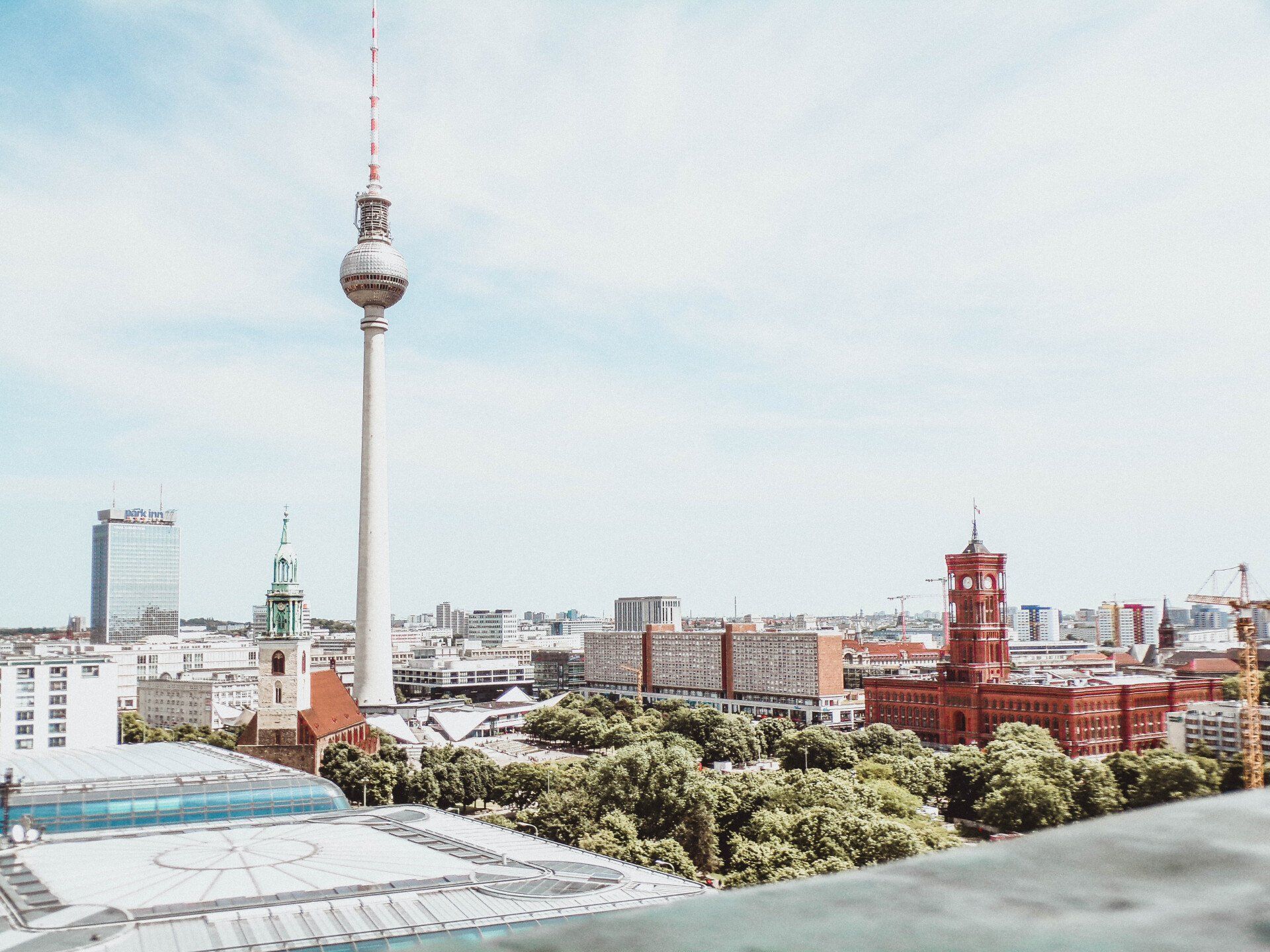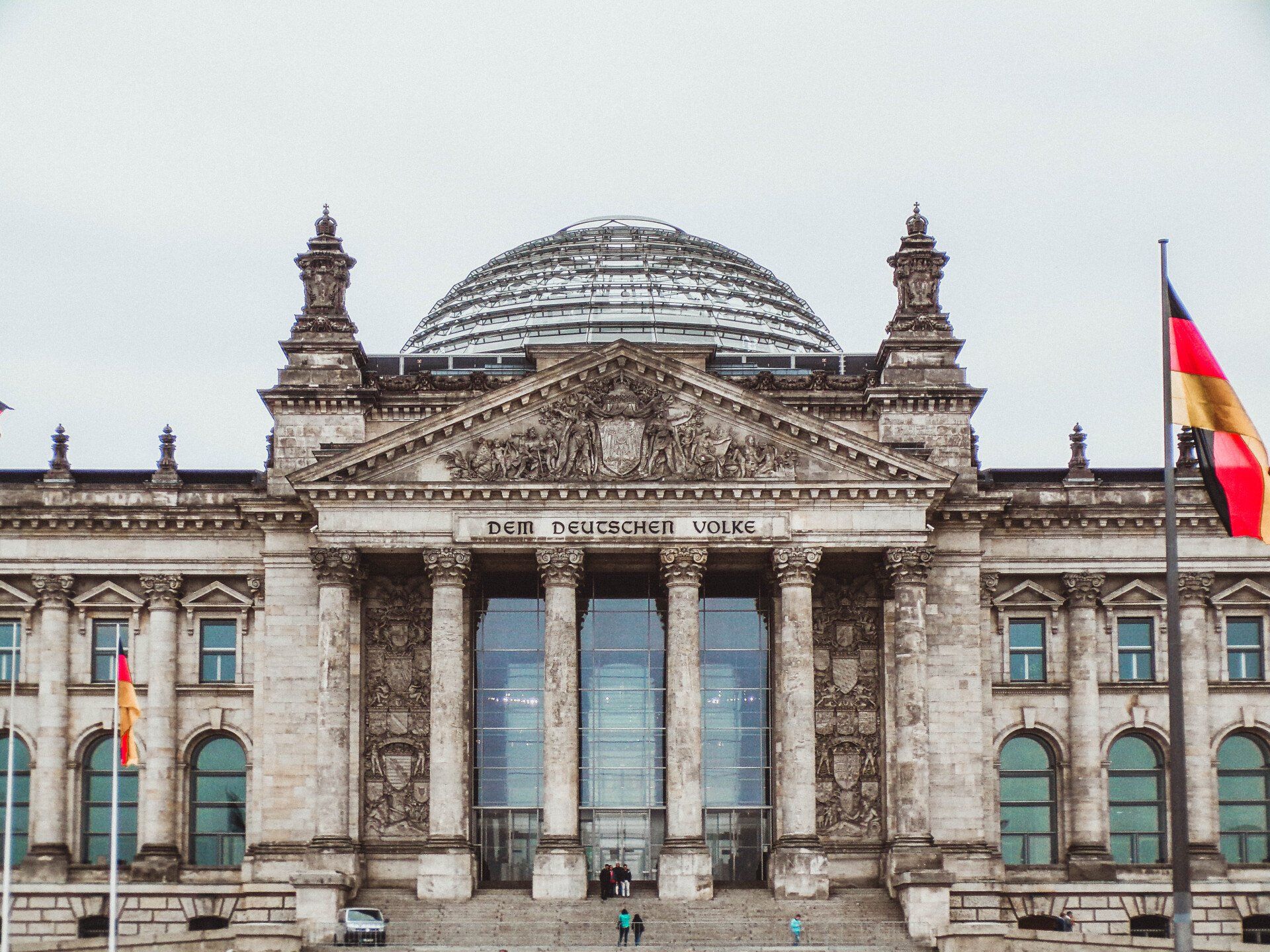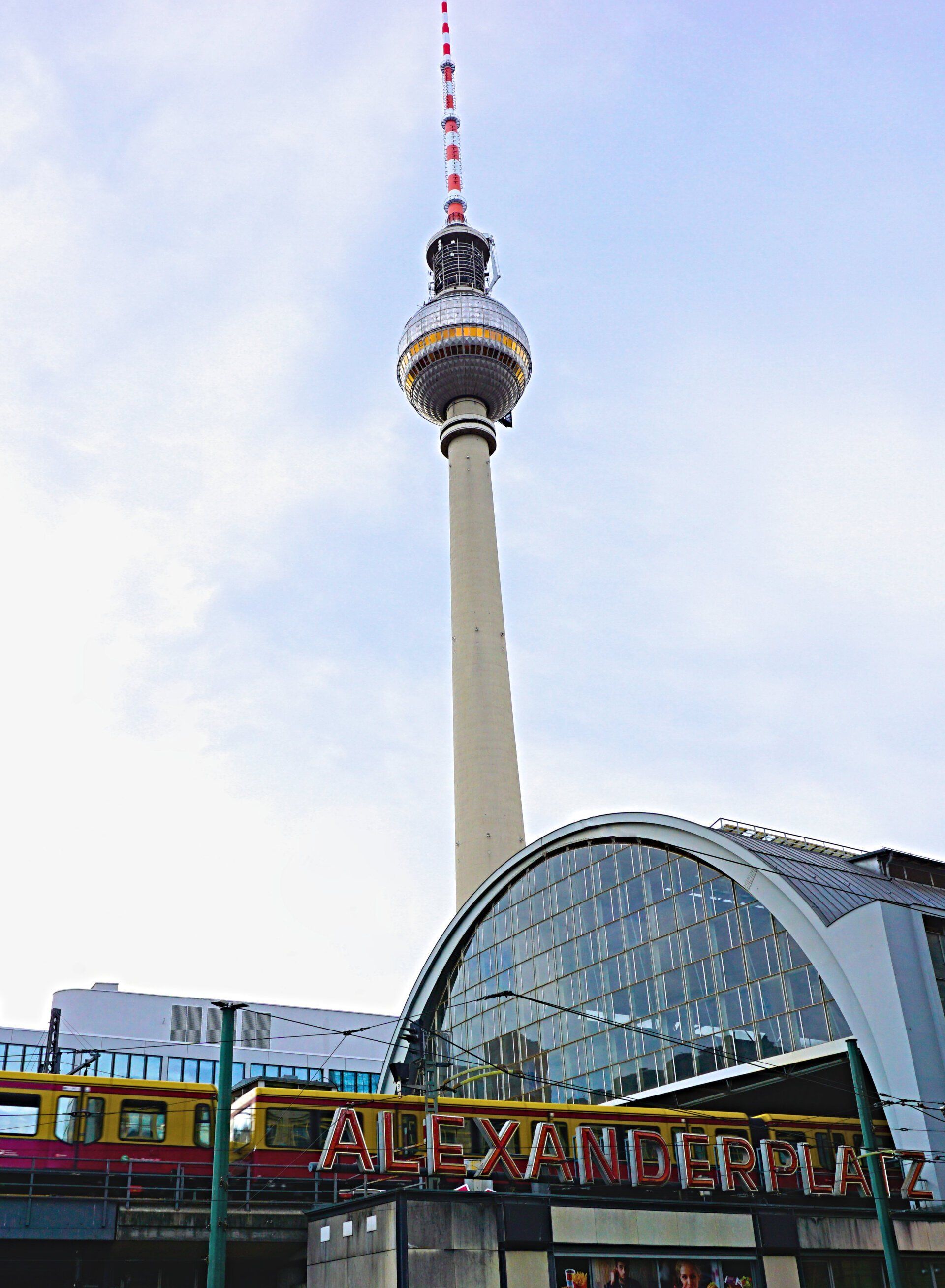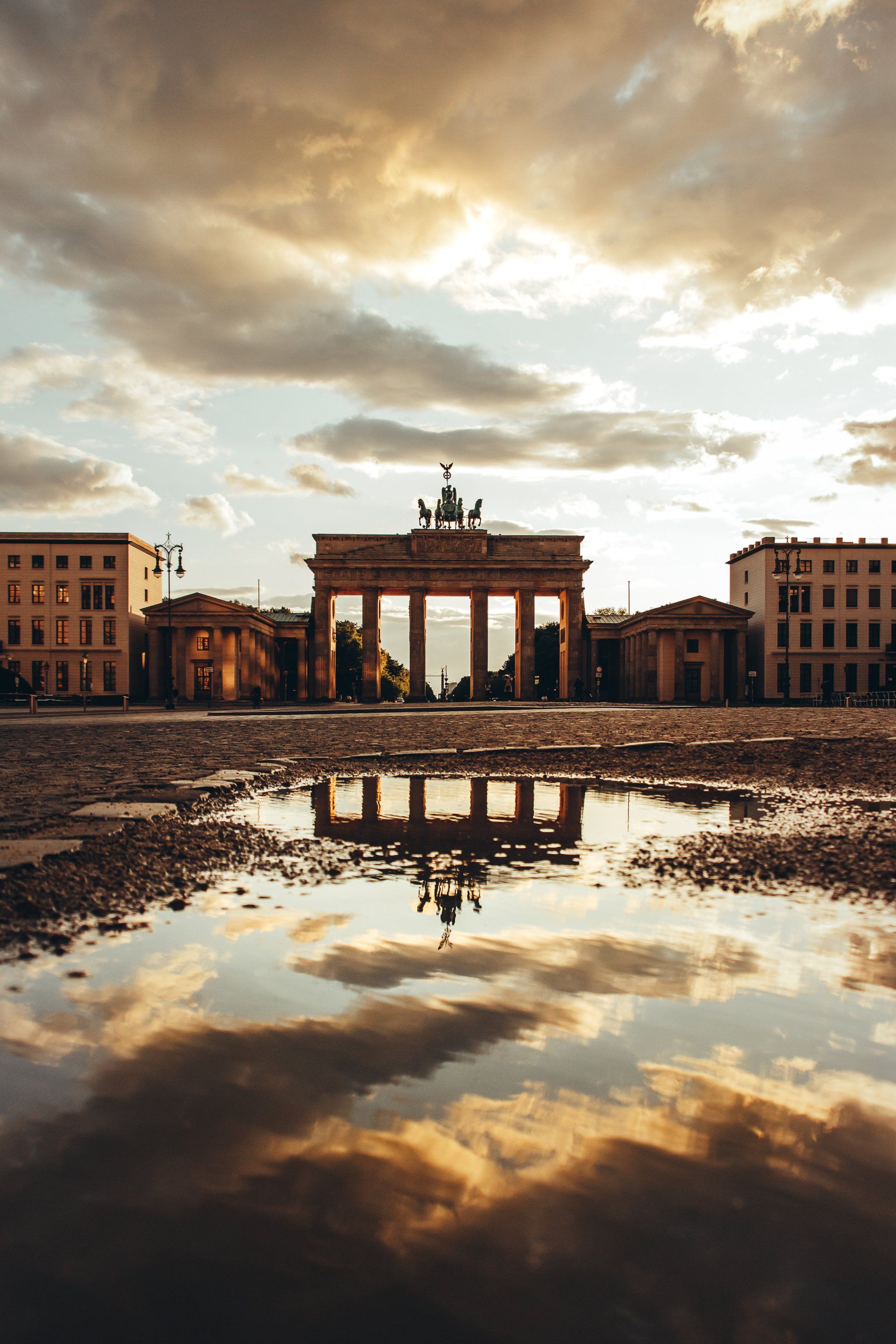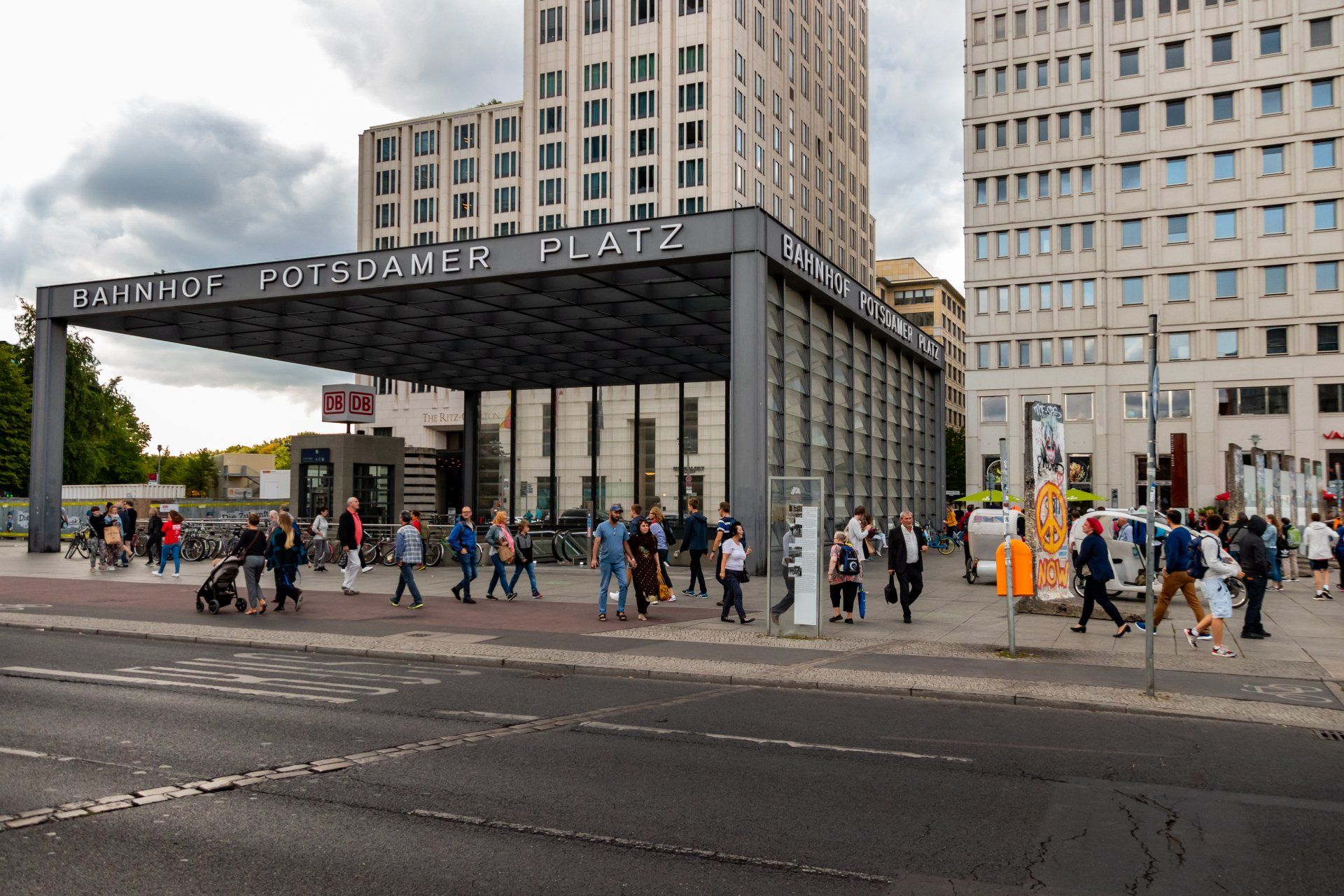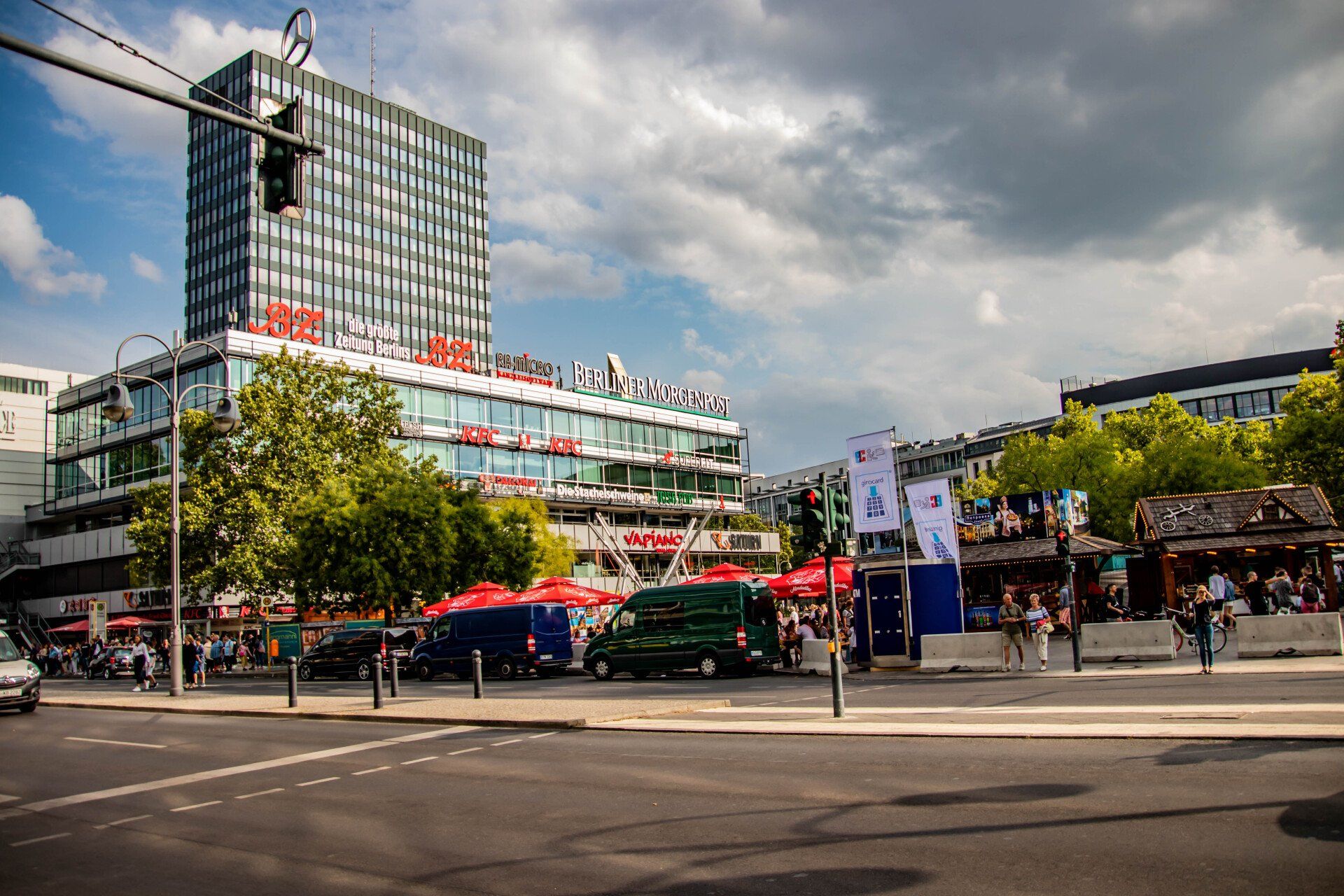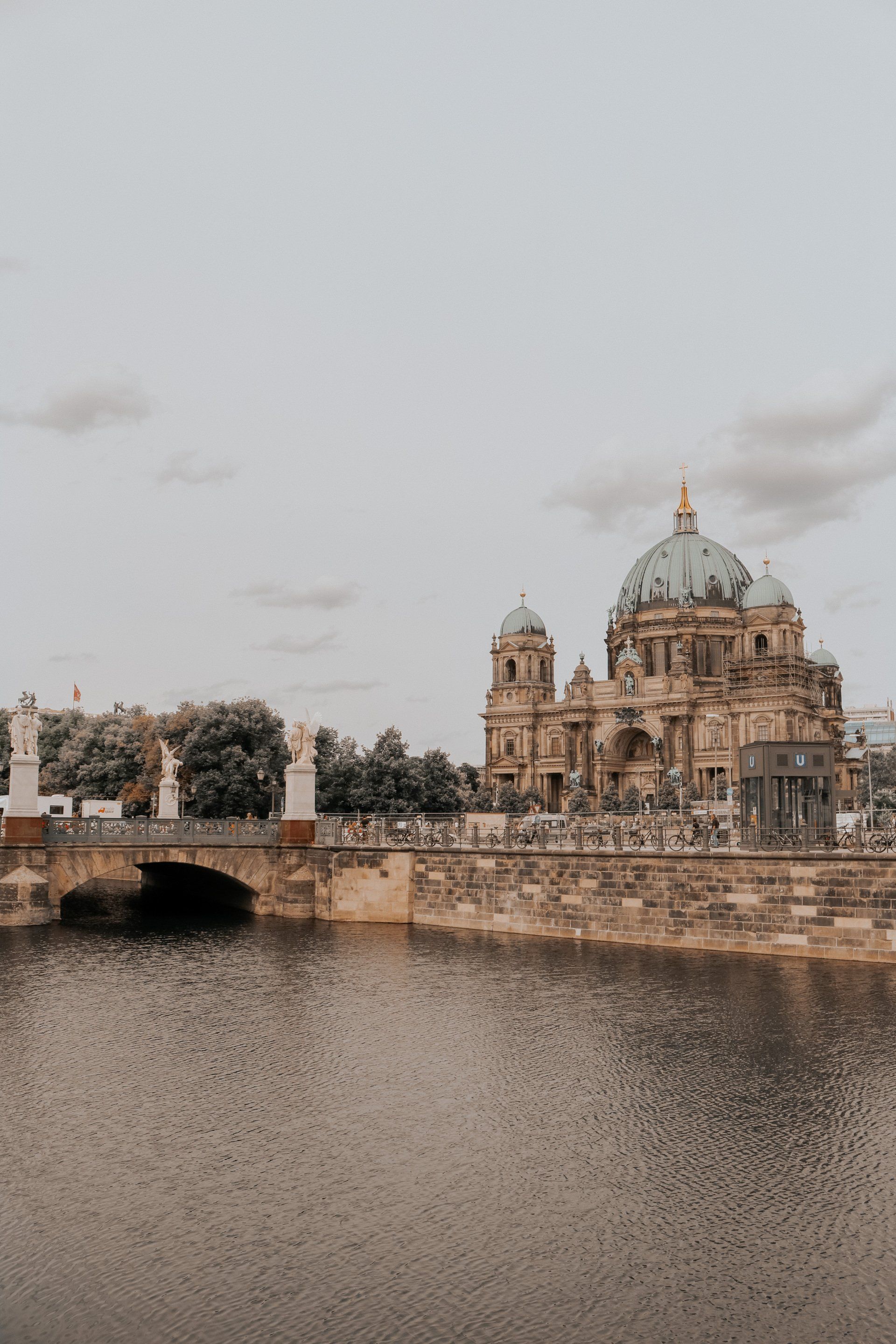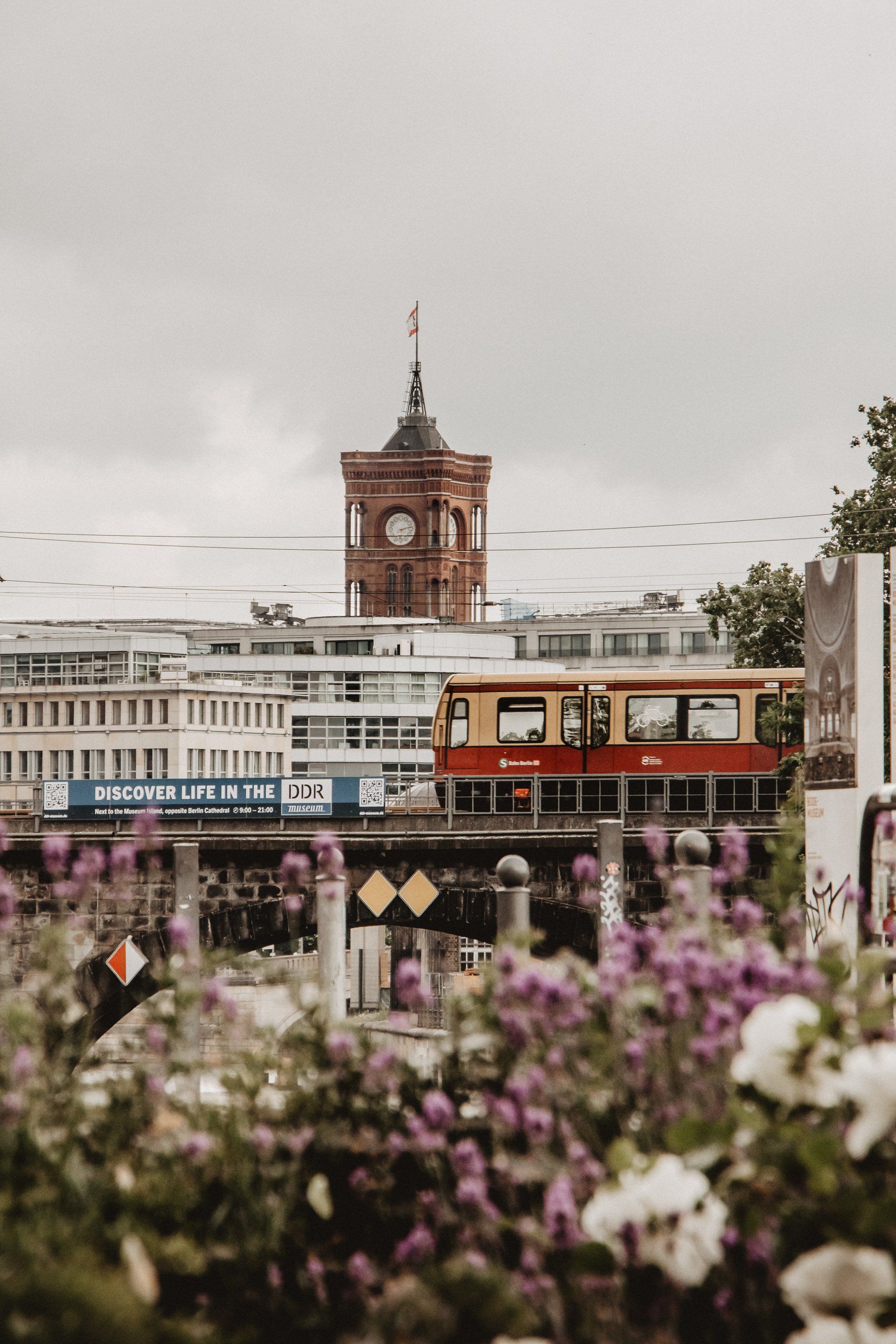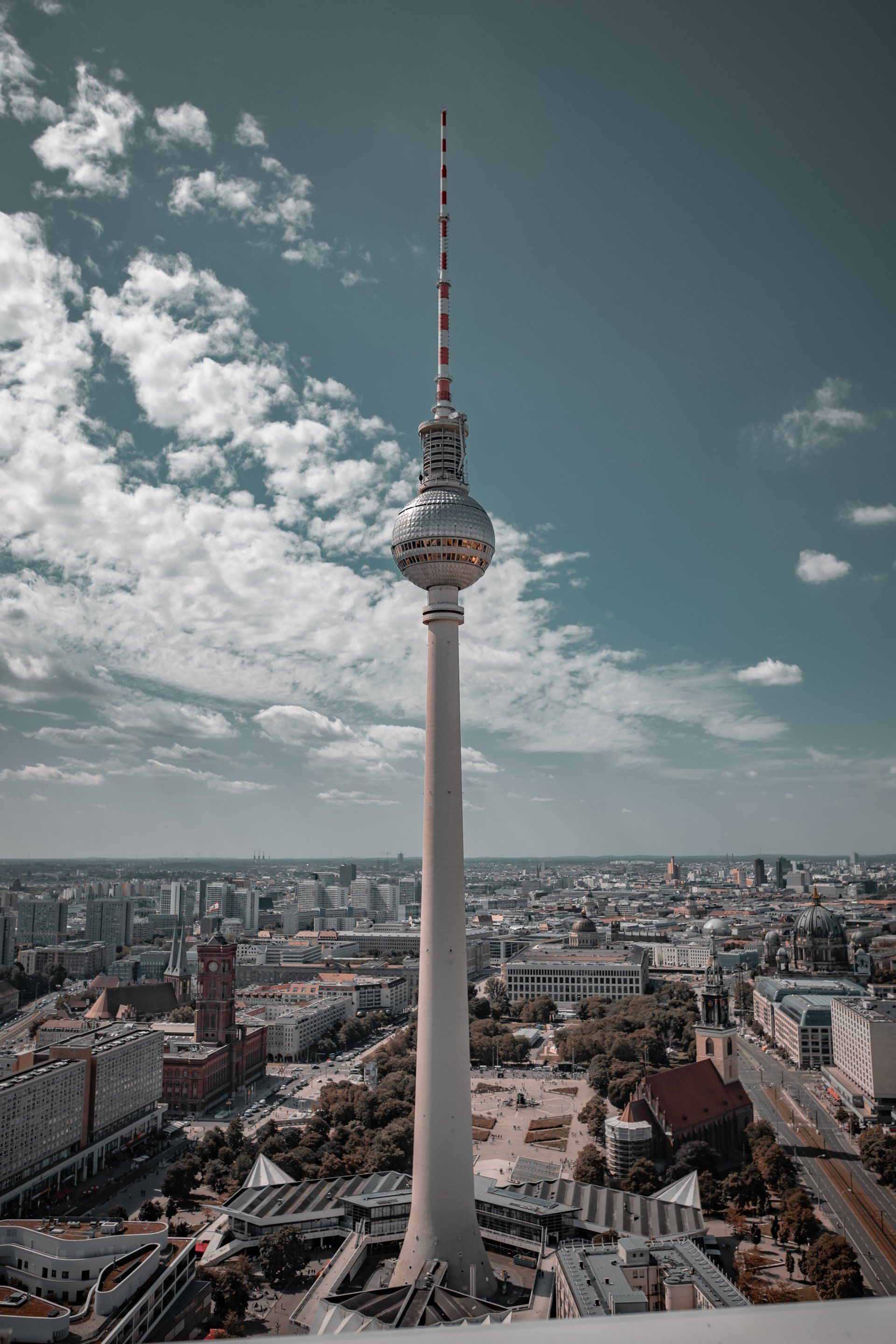Walking Tours in up to public transport / Bike / E-bike / E-scooter / Minivan Whatsapp +49 (0)163 0206 17915% Black Friday Discount Bookings 2025 (until 01-01-2025)
We offer private and daily shared tours in small groups. Our management organization specializes in Berlin tourism and business experiences.
Once upon a time, in the divided city of Berlin, there lived two young people, Anna, a bright and ambitious East Berliner, and Max, a charismatic and adventurous West Berliner. They lived just a few miles apart but were separated by the Berlin Wall, a symbol of the Cold War and the division of East and West Germany.
Anna and Max had heard rumors of each other but had never met. They both yearned for freedom and a life beyond the wall, but they never thought they would find love in the midst of such a politically charged environment.
Then, one historic day in November 1989, the Berlin Wall fell, and the city was reunited. Anna and Max were among the throngs of people who poured into the streets to celebrate their newfound freedom. As they stood among the cheering crowds, their eyes met, and they felt an instant connection.
As they walked and talked, they quickly realized that they shared a love of adventure and a passion for exploring the world. They also discovered that they were both studying at the same university and had many mutual friends.
Anna and Max spent the next few months getting to know each other, exploring the city together, and discovering all that Berlin had to offer. They quickly fell deeply in love, and they knew that they were meant to be together.
Despite the challenges they faced, including disapproving families and friends who warned them of the difficulties of navigating a relationship across the former East-West divide, Anna and Max were determined to make it work.
They graduated from university, and together, they traveled the world, experiencing new cultures, foods, and people. They also worked to bring their families and friends together, bridging the divide between East and West and showing that love could conquer all.
Years passed, and Anna and Max built a happy and fulfilling life together. They got married and started a family, and they never forgot the incredible journey that brought them together. They were grateful every day for the fall of the Berlin Wall and the freedom it brought them, but most of all, they were grateful for each other.
In the end, Anna and Max's love story proved that anything is possible in a city as vibrant and diverse as Berlin, and that love truly knows no boundaries. They lived happily ever after, surrounded by their family and friends and the memories of the incredible journey that brought them together.
Story of Berlin
Berlin is one of the oldest and most historical cities in Europe, with a rich and diverse history that spans back to prehistoric times. In this essay, we will explore the history of Berlin from its earliest origins until the Middle Ages.
The earliest evidence of human settlement in the Berlin area dates back to around 12,000 BCE. During this time, the region was home to nomadic hunter-gatherer societies, who lived off the land and roamed from place to place in search of food and resources. As the climate changed and the environment became more settled, these nomadic societies gradually gave way to more permanent settlements.
The first recorded settlement in the Berlin area was established by the Slavic tribes in the 7th century CE. These tribes were among the first to make the transition from a nomadic lifestyle to a more settled, agricultural way of life. Over the next several centuries, the Slavic tribes established a number of small villages and farming communities in the area.
In the 13th century, the region was conquered by the Teutonic Knights, a military order of German knights. The Teutonic Knights established a number of castles and fortifications in the area, and they ruled the region with an iron fist. Over the next several centuries, the region became a center of trade and commerce, and a number of towns and cities developed around the castles and fortifications established by the Teutonic Knights.
In the 14th century, Berlin was officially founded as a city. The city was originally established as a trading post, and it quickly became an important center of commerce and trade. Throughout the Middle Ages, Berlin continued to grow and develop, and it became one of the most important cities in the region.
In the 15th century, Berlin became the capital of the Brandenburg-Prussia region, and it became a hub of political and cultural activity. During this time, the city was home to a thriving community of artists, scholars, and merchants, and it became one of the leading centers of the German Renaissance.
In conclusion, Berlin has a rich and diverse history that spans back to prehistoric times. From its earliest origins as a center of nomadic hunter-gatherer societies, to its development as a hub of trade and commerce in the Middle Ages, Berlin has played a central role in the history of Europe and the world. Today, it is a modern, vibrant city that is proud of its rich cultural heritage and continues to be one of the most important cities in Europe.
Last 800 Years of Berlin
Berlin is a city with a rich and complex history that spans over more than 800 years. From its humble beginnings as a small fishing village in the 13th century to its current status as one of Europe's most important cultural and political centers, the history of Berlin is a story of war, political upheaval, and cultural growth.
In the early years of Berlin's history, the city was little more than a small settlement surrounded by forests and swamps. It was not until the late 13th century that Berlin became an important center of trade, with merchants and craftsmen establishing themselves in the city. Over the next several centuries, Berlin continued to grow, attracting more and more people and becoming one of the most important cities in the Kingdom of Prussia.
The 19th century was a time of great change and growth for Berlin. The city underwent a major transformation, with new streets and buildings being constructed, and its population increased dramatically. By the end of the 19th century, Berlin was one of the largest and most technologically advanced cities in the world.
In the 20th century, Berlin was at the center of some of the most important events in European history. During World War I, Berlin was a major center of military and industrial activity, and it suffered greatly as a result of the conflict. In the aftermath of the war, the city became the capital of the Weimar Republic, a time of great political and cultural change in Germany.
The years leading up to World War II were characterized by political instability and economic hardship in Berlin, with the rise of the Nazi Party and the eventual appointment of Adolf Hitler as Chancellor in 1933. The city was heavily bombed during the war and suffered significant damage, and in the aftermath of the war, Berlin was divided into two separate cities: West Berlin and East Berlin.
The division of Berlin was a reflection of the larger division between the Western democracies and the Soviet Union during the Cold War. West Berlin became a symbol of freedom and democracy, while East Berlin was controlled by the communist government of East Germany. In 1989, the Berlin Wall, which had separated the two cities for over 28 years, was finally torn down, and the city was reunited.
Since the reunification of Berlin, the city has undergone a major transformation. New buildings have been constructed, old buildings have been restored, and the city has become a major center of culture and politics once again. Today, Berlin is one of the most exciting and dynamic cities in Europe, with a rich cultural heritage and a thriving creative scene.
In conclusion, the history of Berlin is a complex and fascinating story, one that reflects the larger story of Europe over the past 800 years. From its humble beginnings as a small fishing village to its current status as one of Europe's most important cultural and political centers, Berlin has always been a city of change and growth, a city that has adapted to the times and emerged stronger as a result.
How came the wall
The Berlin Wall was a symbol of the Cold War and one of the most iconic structures of the 20th century. It was constructed in 1961 as a physical barrier between East and West Berlin, dividing families and communities, and separating the communist East from the democratic West.
The idea of the Berlin Wall was born out of the political tensions between the Soviet Union and the Western democracies that emerged in the aftermath of World War II. The Soviet Union had established a communist government in East Germany, while the Western democracies had established a democratic government in West Germany. The city of Berlin, which was located within the Soviet-controlled East Germany, became a focal point for this tension.
In the early years of the Cold War, many people from East Berlin fled to the West in search of greater freedom and economic opportunities. In an effort to stem this flow of people, the Soviet Union and East Germany decided to build a wall around the city of Berlin. The Berlin Wall was officially closed on August 13, 1961, and its construction marked the beginning of one of the most surreal and bleak periods in the history of the city.
The Berlin Wall was a formidable structure that was nearly impenetrable. It was made of concrete and steel and was guarded by soldiers and dogs. It stood as a symbol of the division between East and West and was a constant reminder of the political tensions between the two sides. Over the years, many people attempted to escape over the wall, but very few were successful.
Despite its reputation as a symbol of oppression and division, the Berlin Wall also became a symbol of resistance and hope. In the 1980s, a growing movement for political reform in East Germany began to gain momentum, and many people in the East began to demand greater freedom and a more democratic government.
In November of 1989, the East German government announced that it was lifting travel restrictions and allowing its citizens to travel to the West. The news spread rapidly, and hundreds of thousands of people began to gather at the Berlin Wall, demanding that it be opened. On November 9, 1989, the East German government officially opened the wall, and the people of Berlin began to tear it down.
The fall of the Berlin Wall was a turning point in the history of Europe and a triumph for the forces of democracy and freedom. It marked the beginning of the end of the Cold War and the eventual reunification of Germany. Today, the Berlin Wall is remembered as a powerful symbol of the triumph of hope and freedom over oppression and division.
In conclusion, the Berlin Wall was a physical and psychological barrier that divided the city of Berlin and symbolized the political tensions between the Soviet Union and the Western democracies. Despite its reputation as a symbol of oppression, it also became a symbol of resistance and hope, and its fall in 1989 marked a turning point in the history of Europe and a triumph for the forces of democracy and freedom.
History of Jewish community in Berlin
The history of Jews in Berlin dates back to the Middle Ages, when they arrived in the city as traders and merchants. In the 16th century, the Jewish community in Berlin started to grow, and by the 17th century, it had become one of the largest in Germany. During this time, Jews faced discrimination and persecution, but they continued to play a significant role in the city's economy, culture, and social life.
In the late 19th and early 20th centuries, Berlin saw a massive influx of Jewish immigrants from Eastern Europe, which led to a growth in the size of the Jewish community and an increase in tensions with non-Jewish residents. The rise of National Socialism in the 1930s brought severe persecution and oppression for the Jews of Berlin, and many were forced to flee or were sent to concentration camps.
During World War II, the majority of Berlin's Jewish residents were either killed or forced to flee the city, and the community was devastated. After the war, a small number of Jews returned to Berlin, and efforts were made to rebuild the community and preserve its cultural heritage.
In the post-war period, the Jewish community in Berlin experienced a revival, with many Jews from Israel and other countries settling in the city. Today, Berlin is home to a vibrant Jewish community, and its rich Jewish history is celebrated and remembered through museums, monuments, and cultural events.
In conclusion, the history of Jews in Berlin is marked by both hardships and triumphs, and their impact on the city's culture and society has been significant. Today, the Jewish community in Berlin continues to thrive and to play a key role in the city's cultural and social life.
The easy way to start
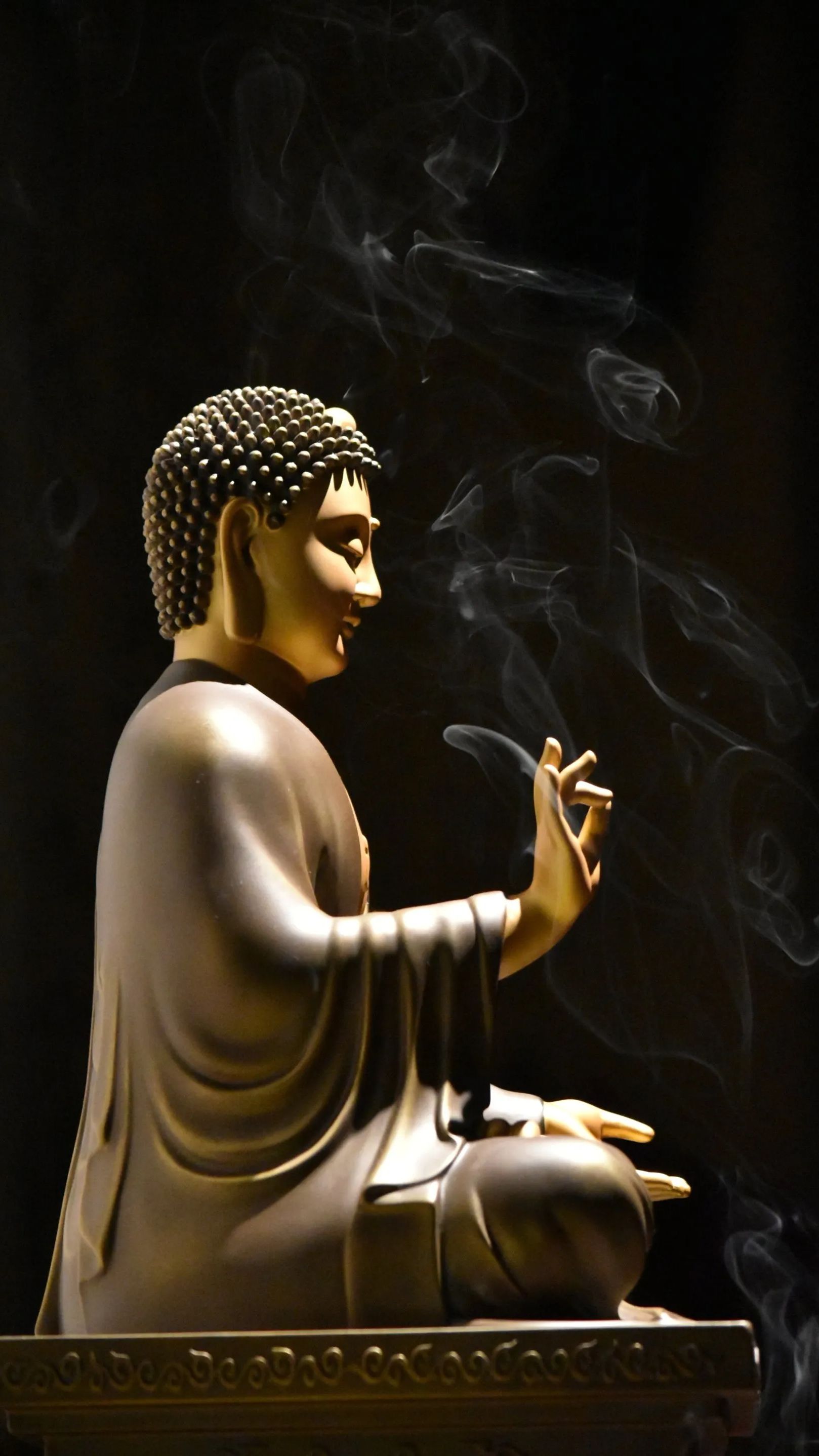
We bring pride and passion to every religion. Buddhism has a rich and fascinating history in Germany, and particularly in the city of Berlin. From its humble beginnings in the late 19th and early 20th centuries, Buddhism has grown and evolved into a vibrant and thriving spiritual movement in the country.
The earliest recorded presence of Buddhism in Germany can be traced back to the late 19th century, when German intellectuals and artists began to show an interest in Eastern philosophy and religion. This interest was largely driven by the ideas of the German philosopher Arthur Schopenhauer, who was a strong advocate of Buddhist philosophy and its teachings on the nature of suffering and the path to enlightenment.
In the early 20th century, the first Buddhist organizations and communities began to take root in Germany. These early groups were primarily composed of intellectuals, artists, and spiritual seekers, who were drawn to Buddhism's teachings on mindfulness, compassion, and inner peace. Over time, these early communities grew and evolved, attracting a wider range of followers and supporters.
Budism in Berlin
In the aftermath of World War II, Buddhism in Germany experienced a resurgence of interest and growth. With the influx of refugees and immigrants from Asia, Buddhism became more visible and accessible in the country. In the late 1960s and early 1970s, this new wave of interest in Buddhism was further fueled by the cultural revolution of the time, which saw a renewed focus on spirituality and personal growth.
In Berlin, Buddhism has found a particularly vibrant and thriving community. The city has long been a hub of cultural and intellectual exchange, and this openness has made it a prime location for the growth and development of Buddhism. In the early years, Berlin's Buddhist community was largely composed of intellectuals, artists, and spiritual seekers, but over time it has grown to include a much wider range of people, from all walks of life.
Today, there is a thriving Buddhist community in Berlin, with a range of organizations and institutions dedicated to promoting the teachings and practices of Buddhism. There are numerous Buddhist temples and meditation centers in the city, offering classes, retreats, and other opportunities for spiritual growth and development. Additionally, Berlin is home to several Buddhist study and research centers, where scholars and practitioners can deepen their understanding of Buddhist philosophy and practice.
Despite its long history in Germany, Buddhism remains a vibrant and dynamic spiritual tradition in the country, with a growing following and a bright future ahead. Whether you are a longtime practitioner, a curious seeker, or simply someone looking to deepen your understanding of the world, Buddhism in Berlin is a rich and rewarding experience, and one that is well worth exploring.
In conclusion, the history of Buddhism in Germany, and particularly in Berlin, is a fascinating story of growth, evolution, and spiritual renewal. With its long history and dynamic community, Buddhism remains an important and vibrant part of the spiritual landscape of Germany, and a rich source of inspiration and insight for all those who seek to deepen their understanding of the world and their place within it.
Moslims in Berlin
The history of Muslims in Berlin dates back to the 16th century, when Ottoman Turkish merchants and soldiers began to arrive in the city. Over the following centuries, the number of Muslims in Berlin increased, but they remained a small minority and faced significant discrimination and prejudice.
In the late 19th and early 20th centuries, Berlin saw an influx of Muslim migrants from the Ottoman Empire and other parts of the Muslim world, and the community continued to grow over the next several decades. Despite their growing numbers, Muslims in Berlin continued to face discrimination and prejudice, and many lived in poverty and experienced limited opportunities for education and employment.
During World War II, the Muslim community in Berlin was heavily impacted by the conflict, and many Muslims were forced to flee the city or were imprisoned or killed. After the war, the Muslim community in Berlin began to recover and rebuild, but they still faced significant challenges, including prejudice and discrimination.
In the post-war period, the Muslim community in Berlin continued to grow, and today, it is estimated that there are over 200,000 Muslims living in the city. Despite the many challenges they have faced, Muslims in Berlin have made significant contributions to the city's cultural and social life, and they continue to play an important role in its development.
In conclusion, the history of Muslims in Berlin is one of resilience and perseverance in the face of significant challenges and obstacles. Despite the difficulties they have faced, Muslims in Berlin have made a lasting impact on the city and continue to play a vital role in its cultural and social life.








